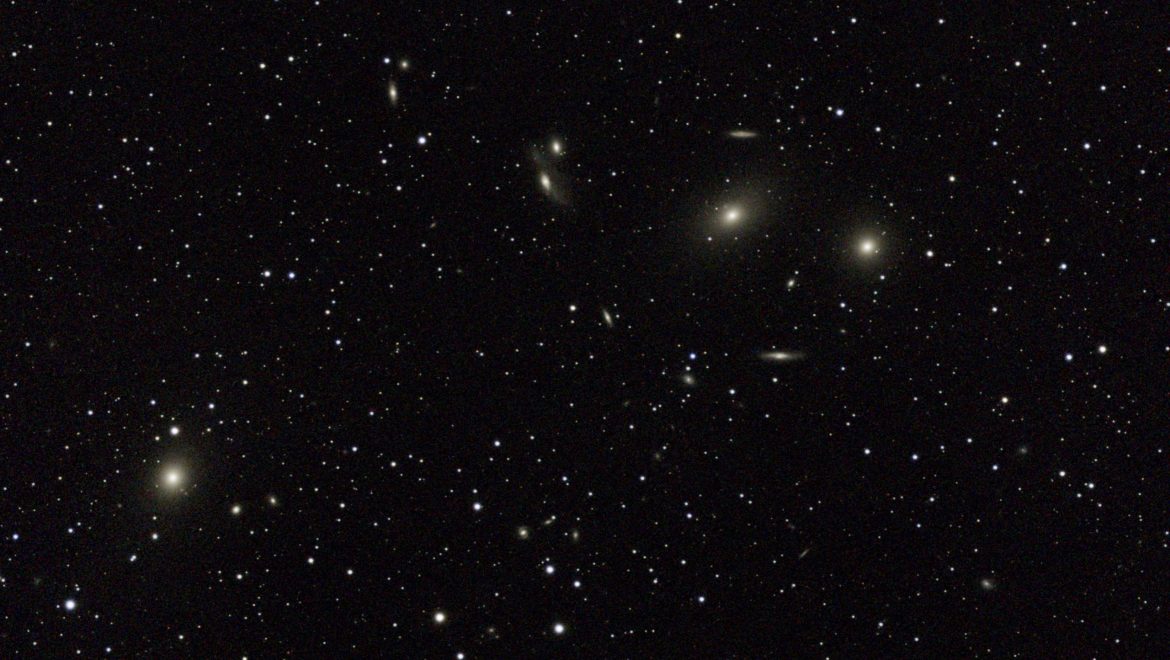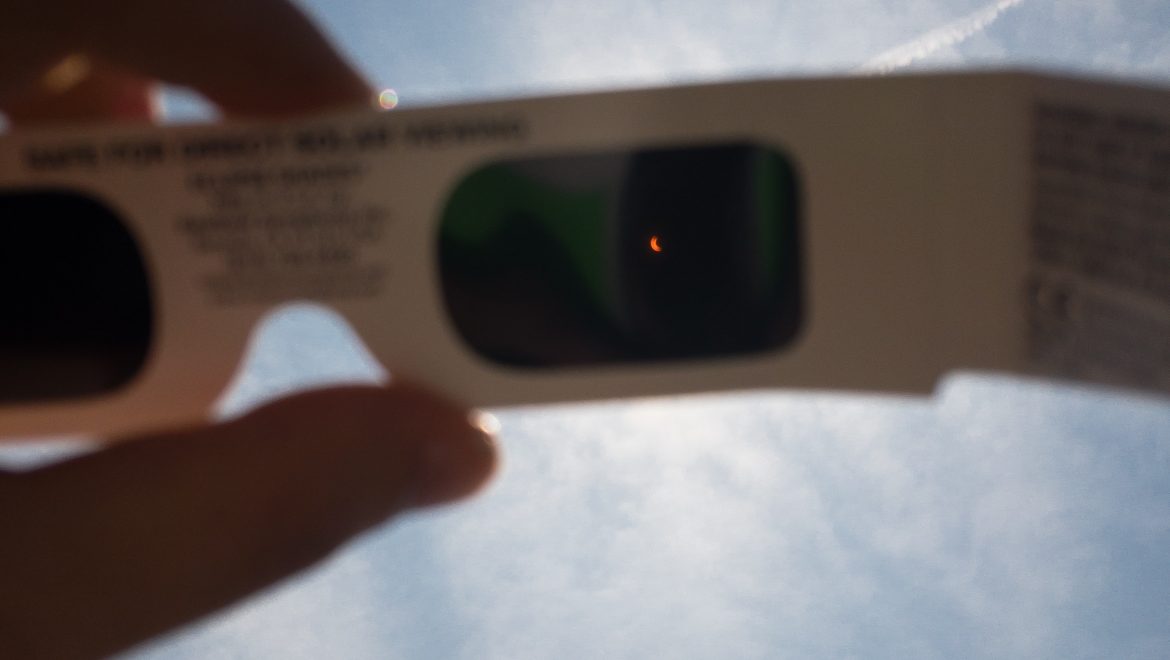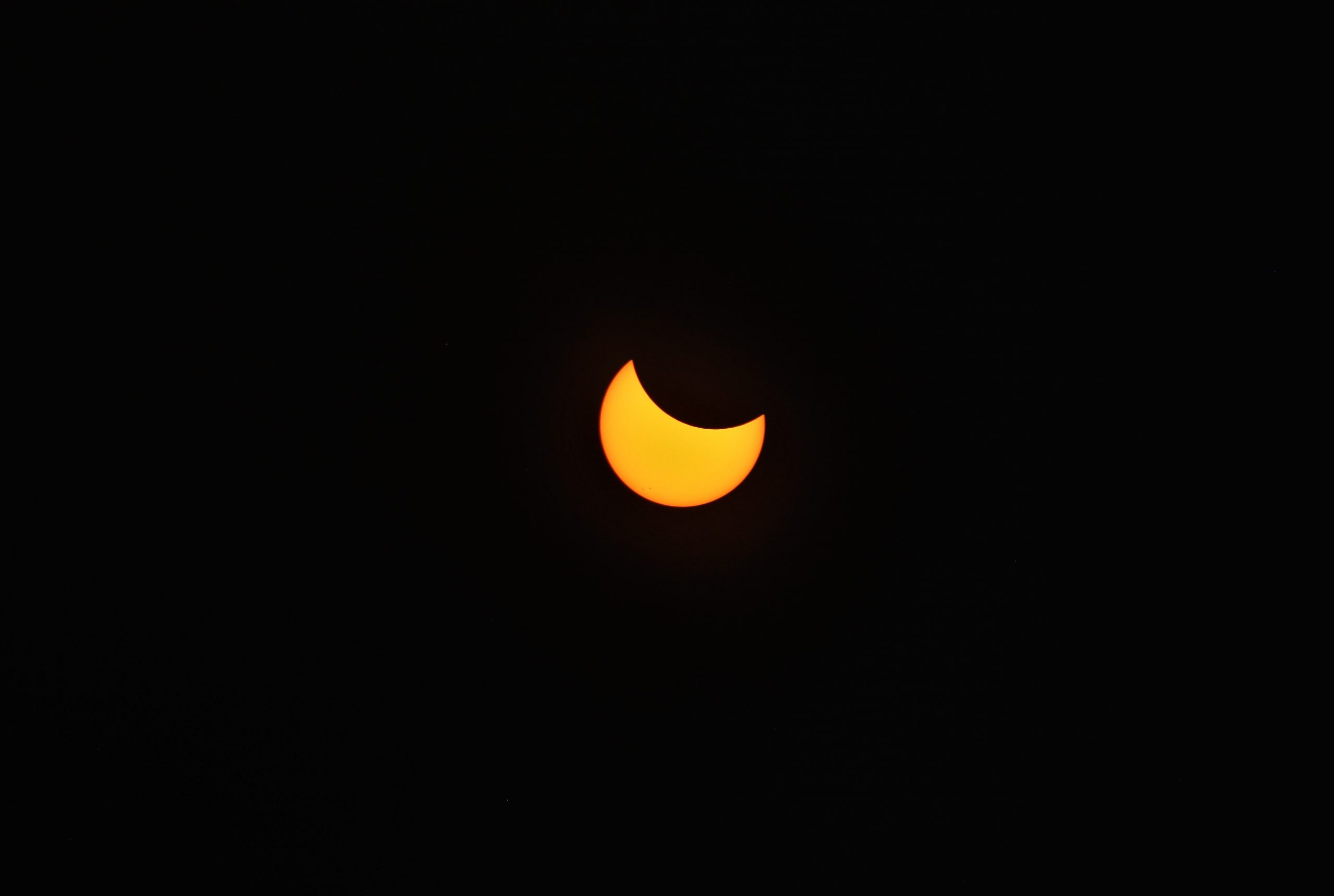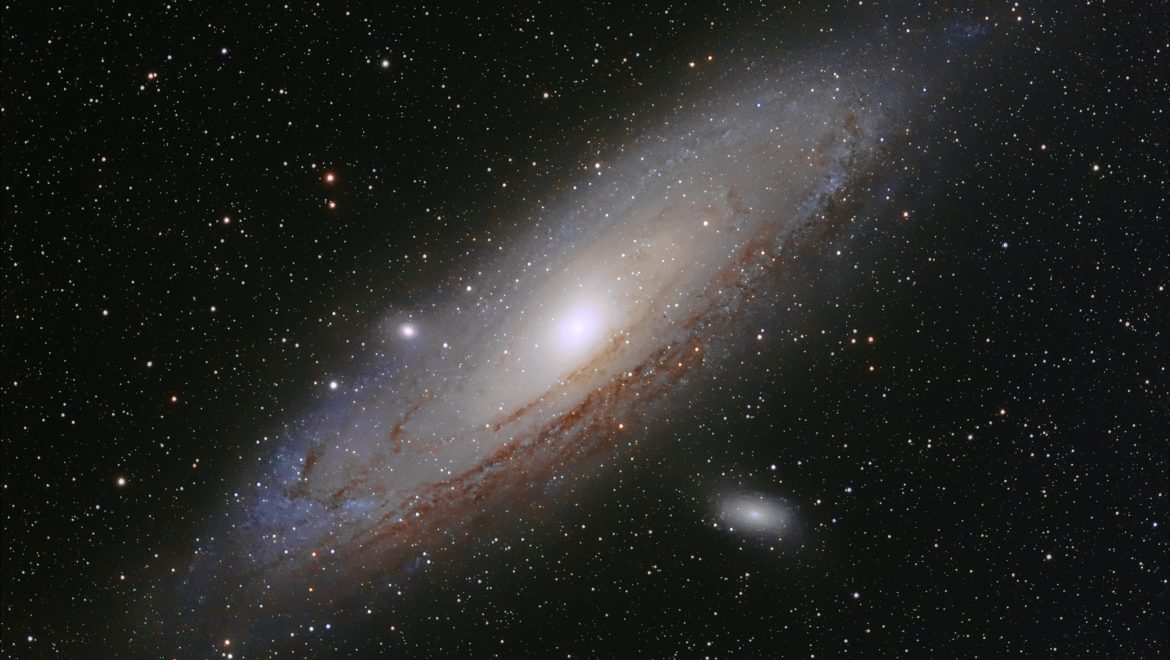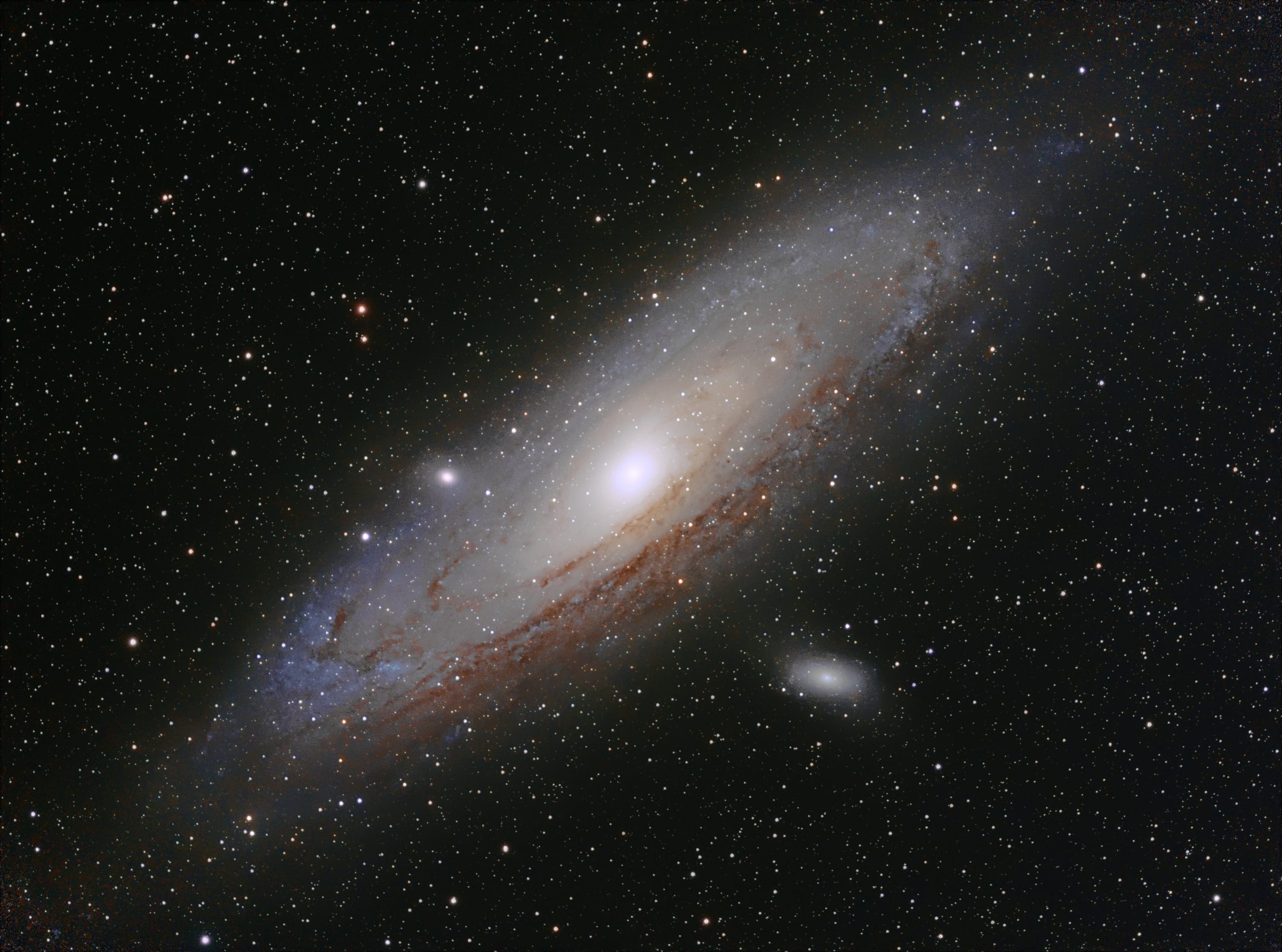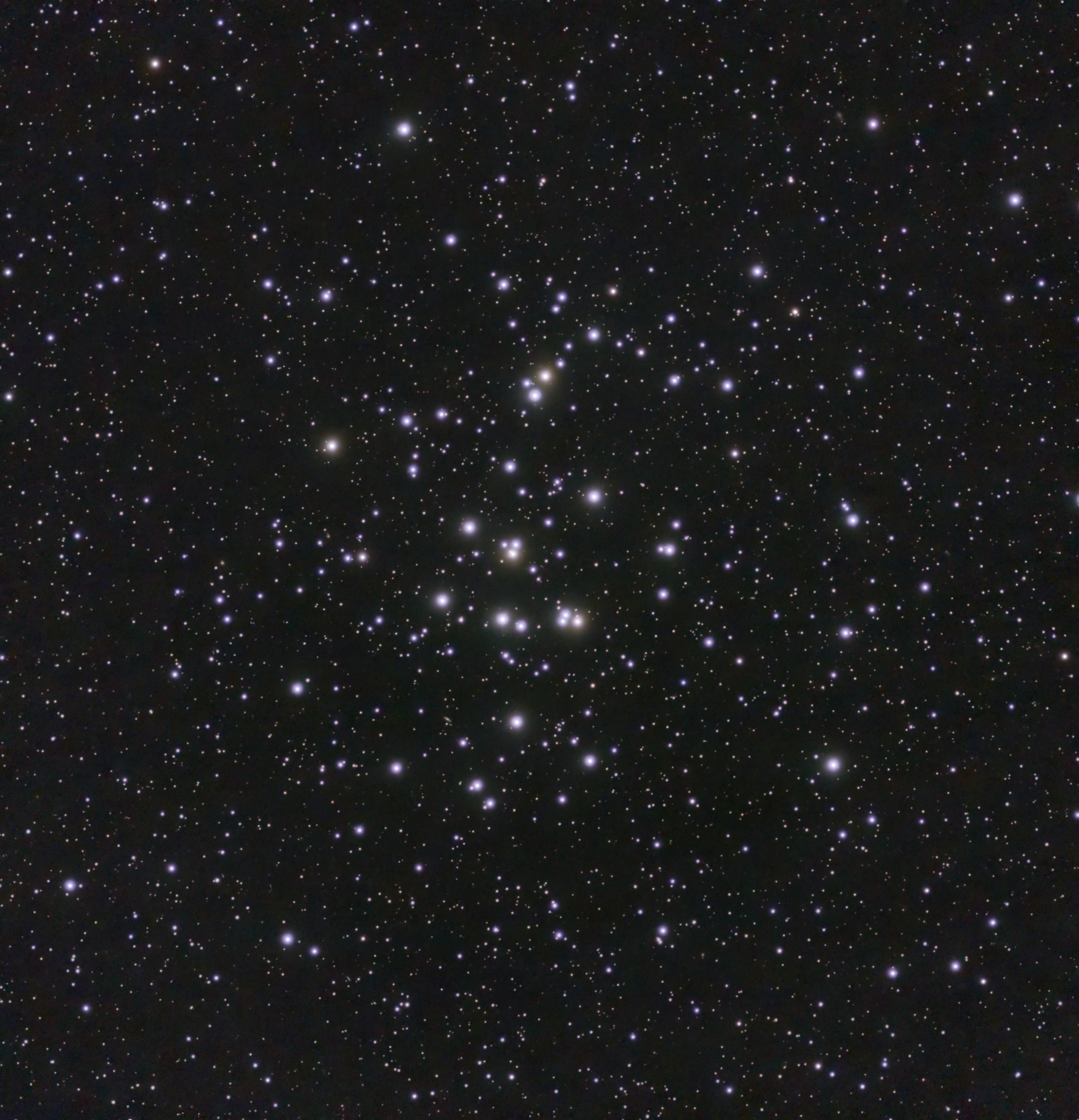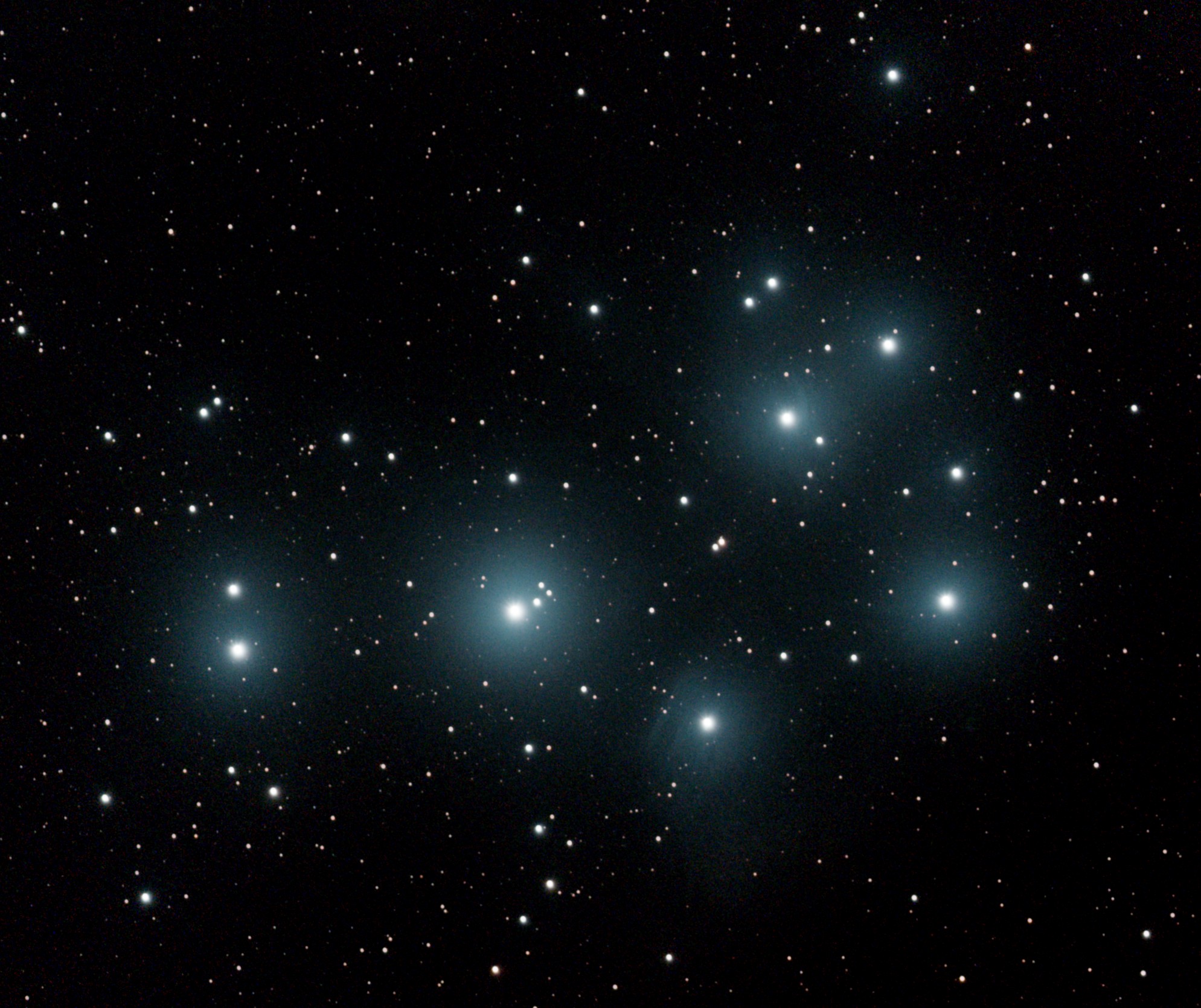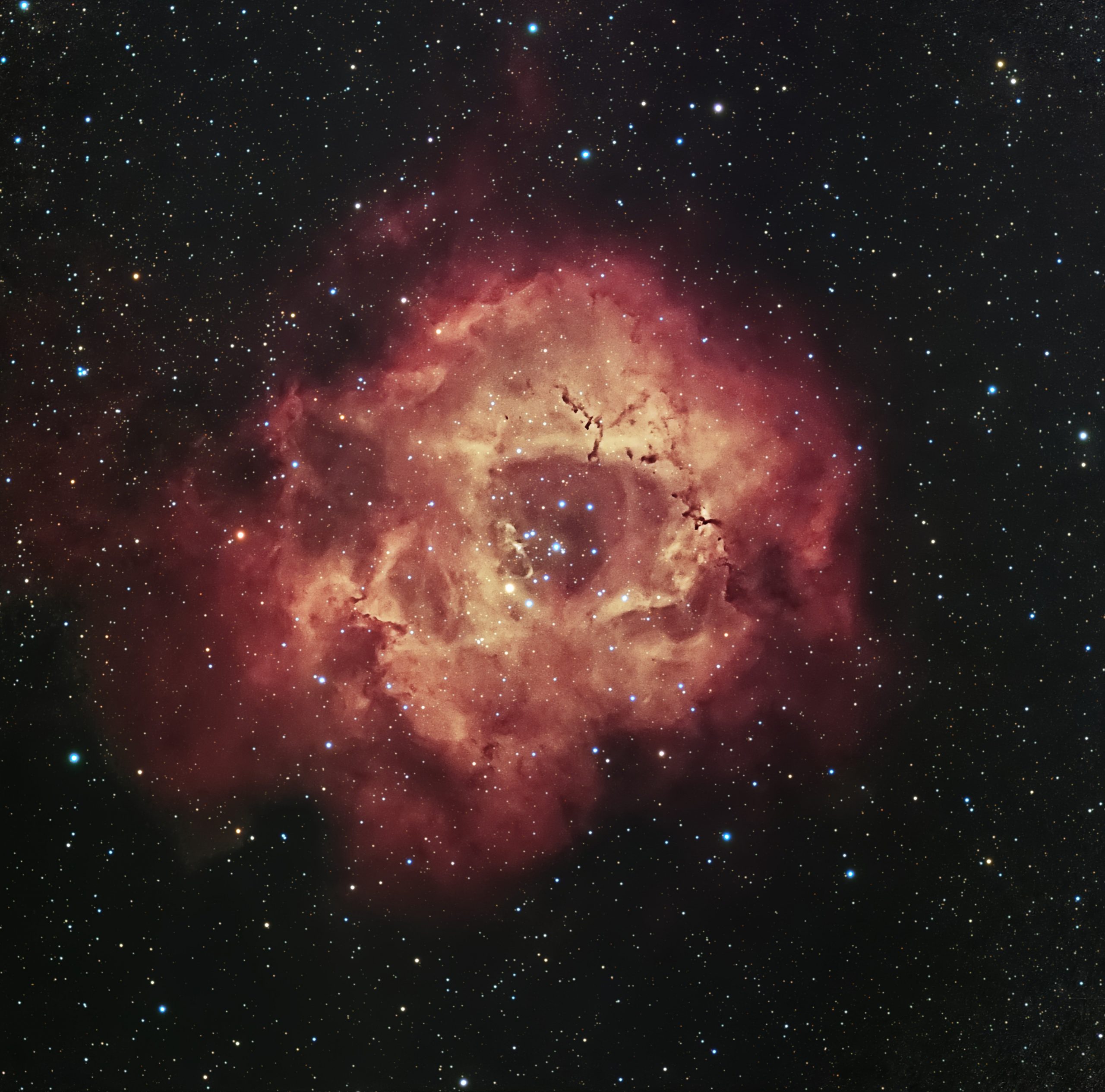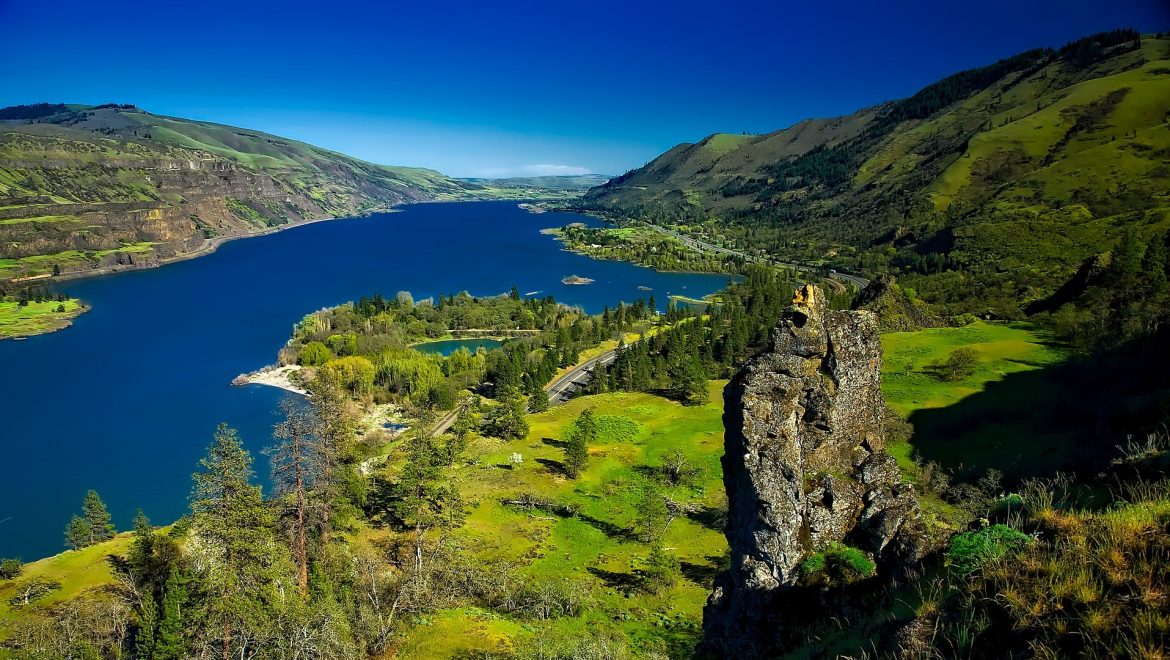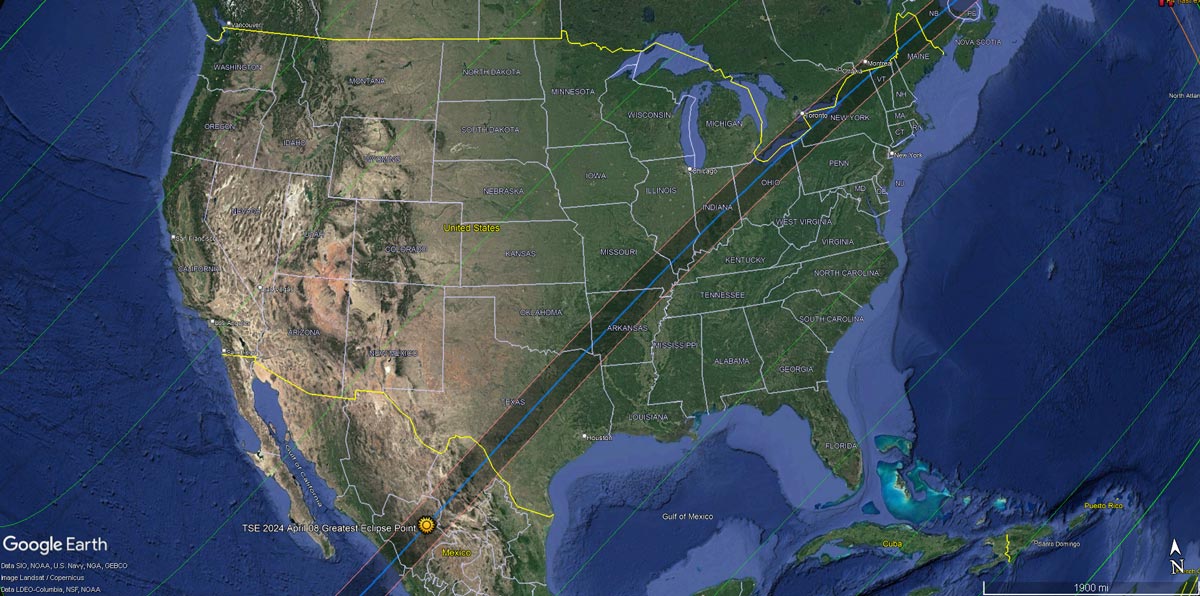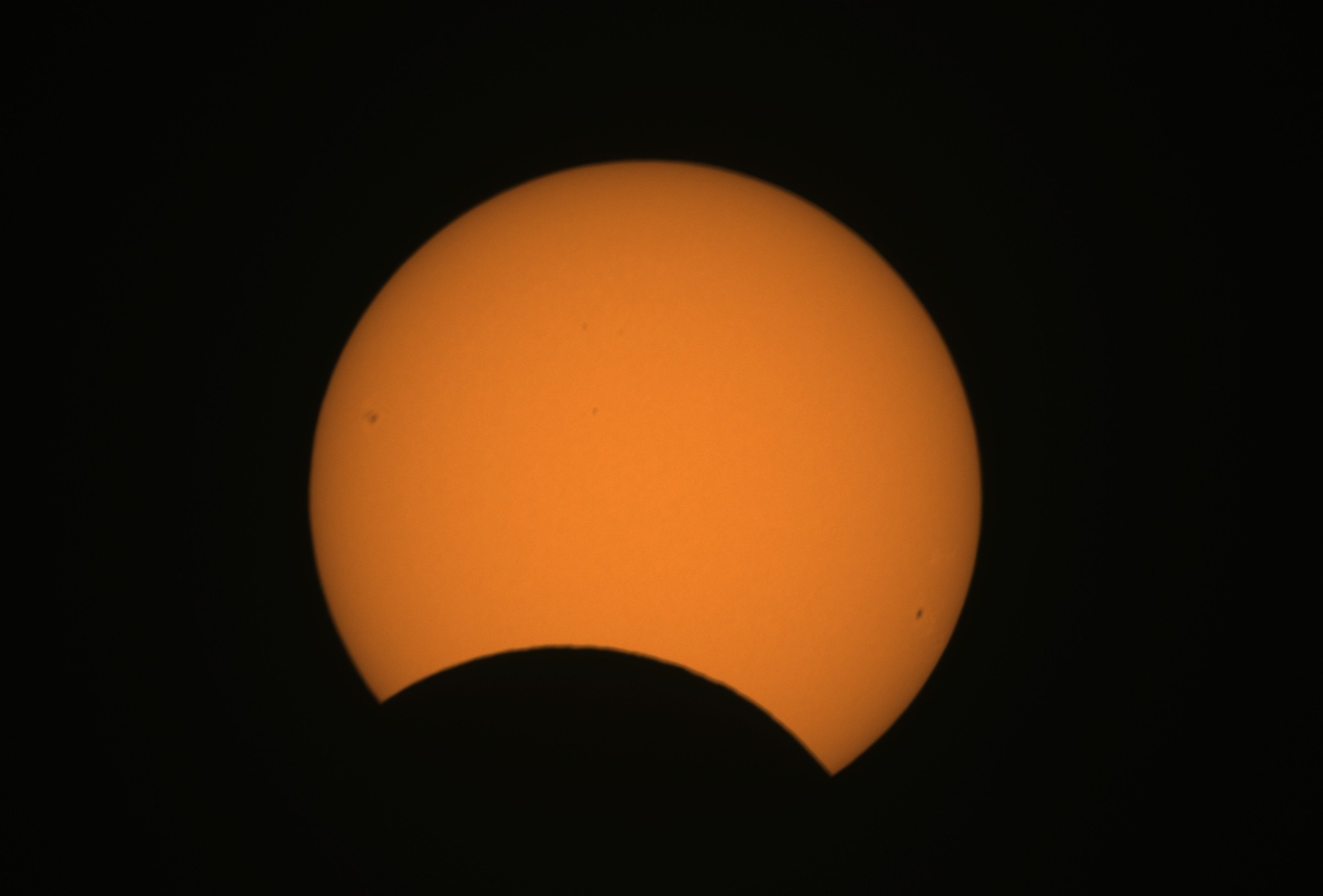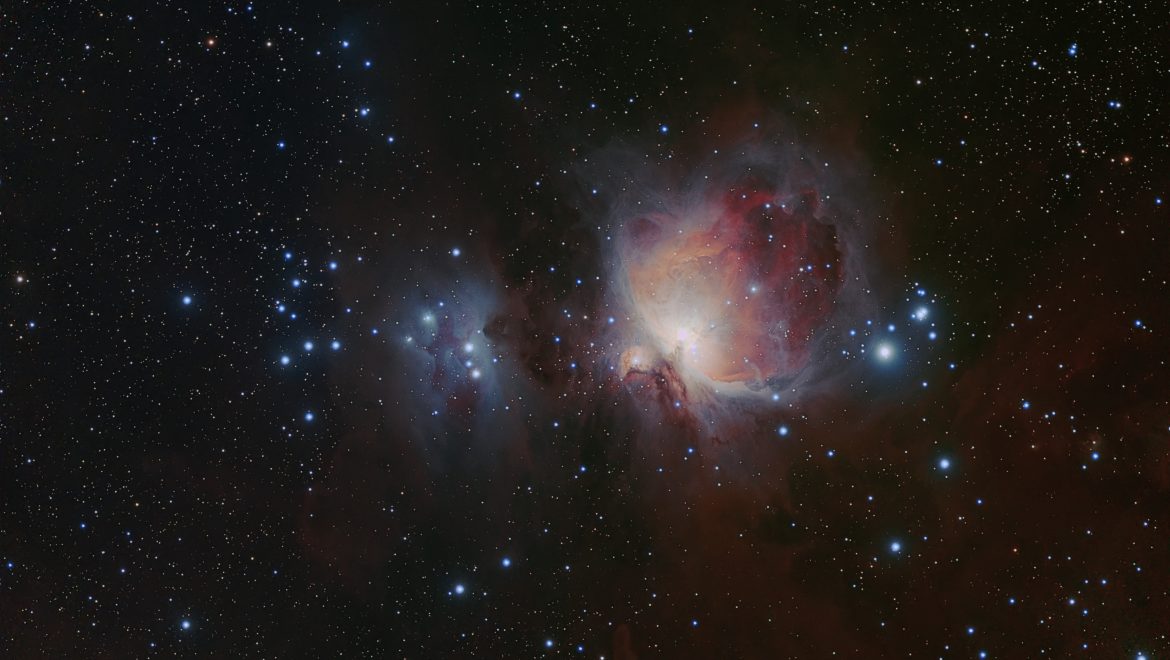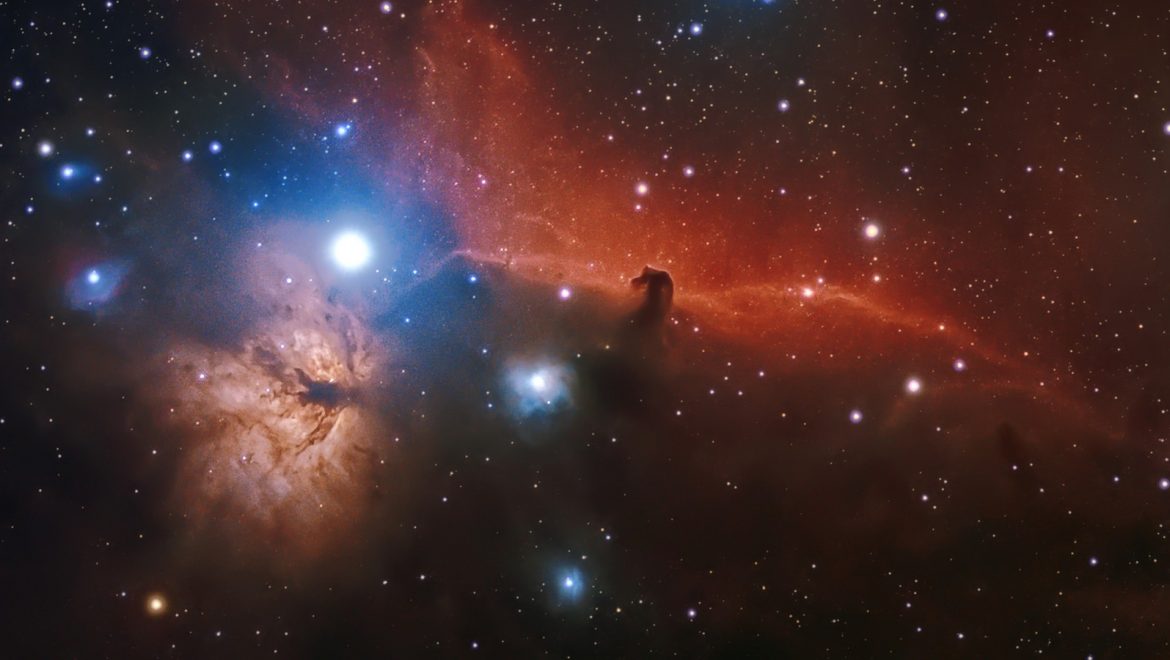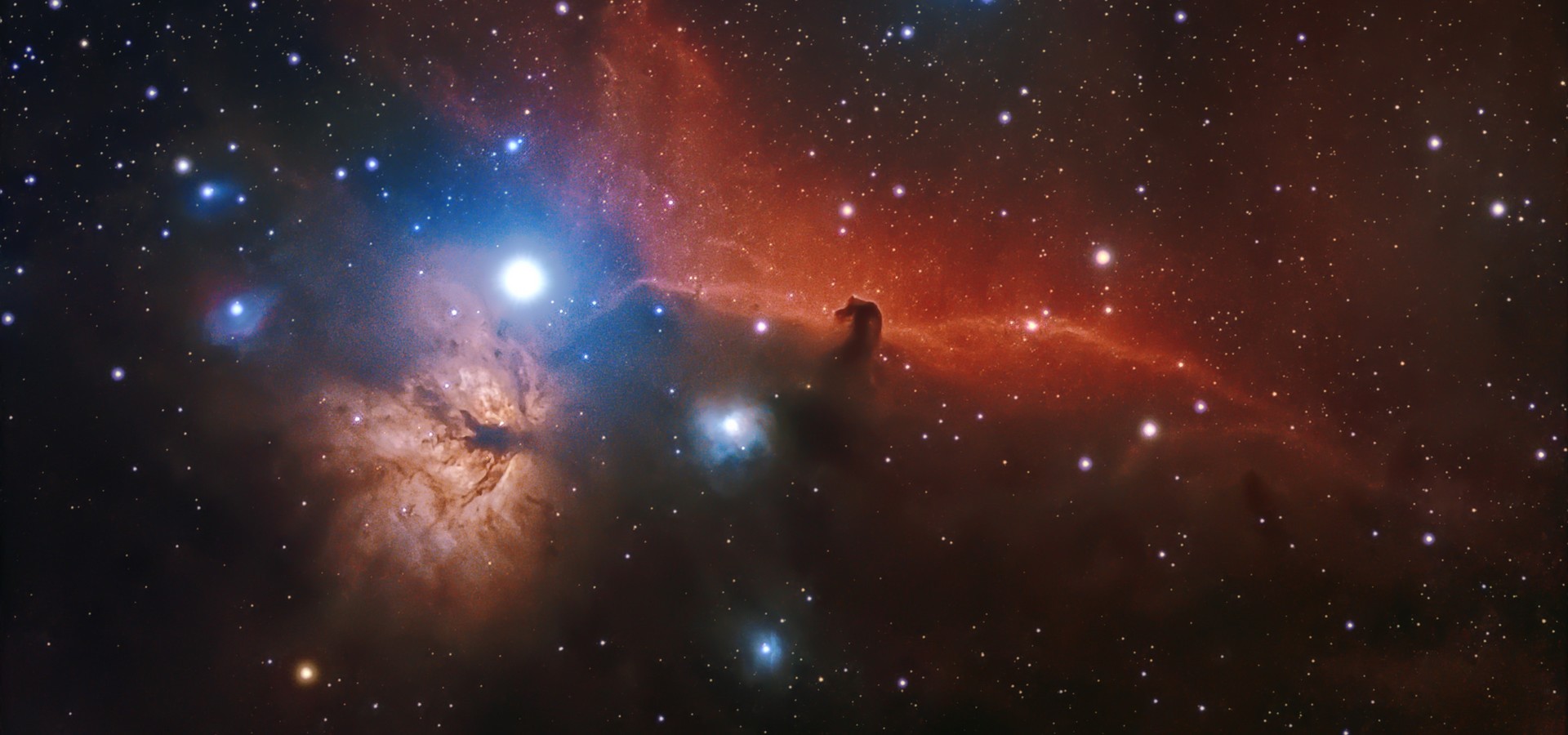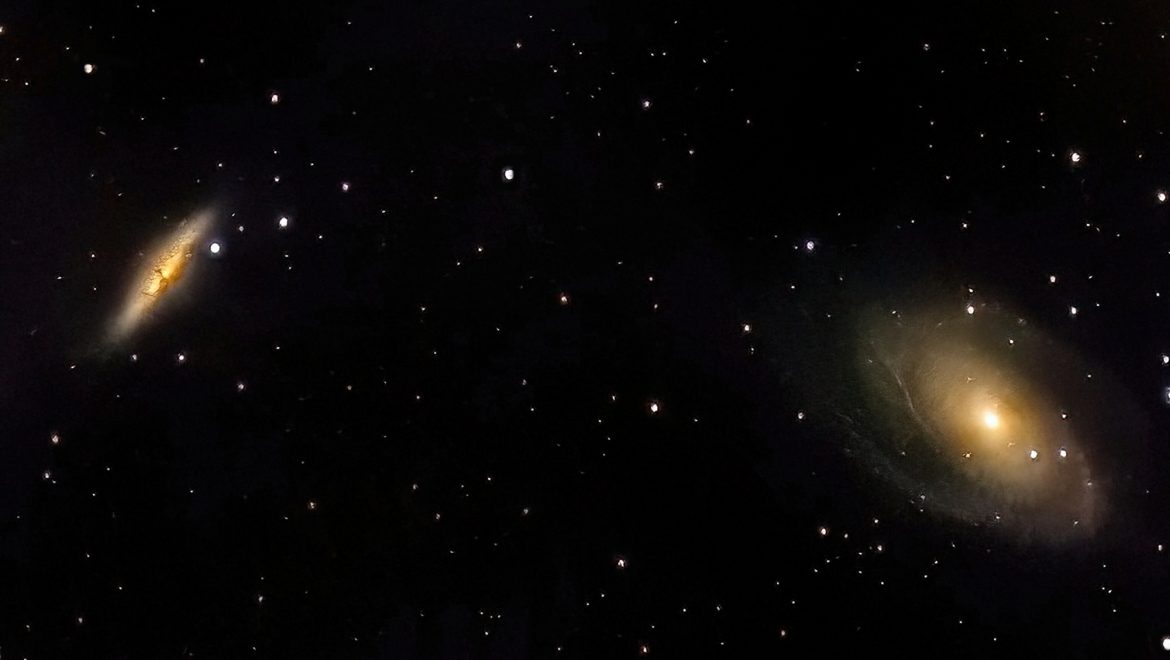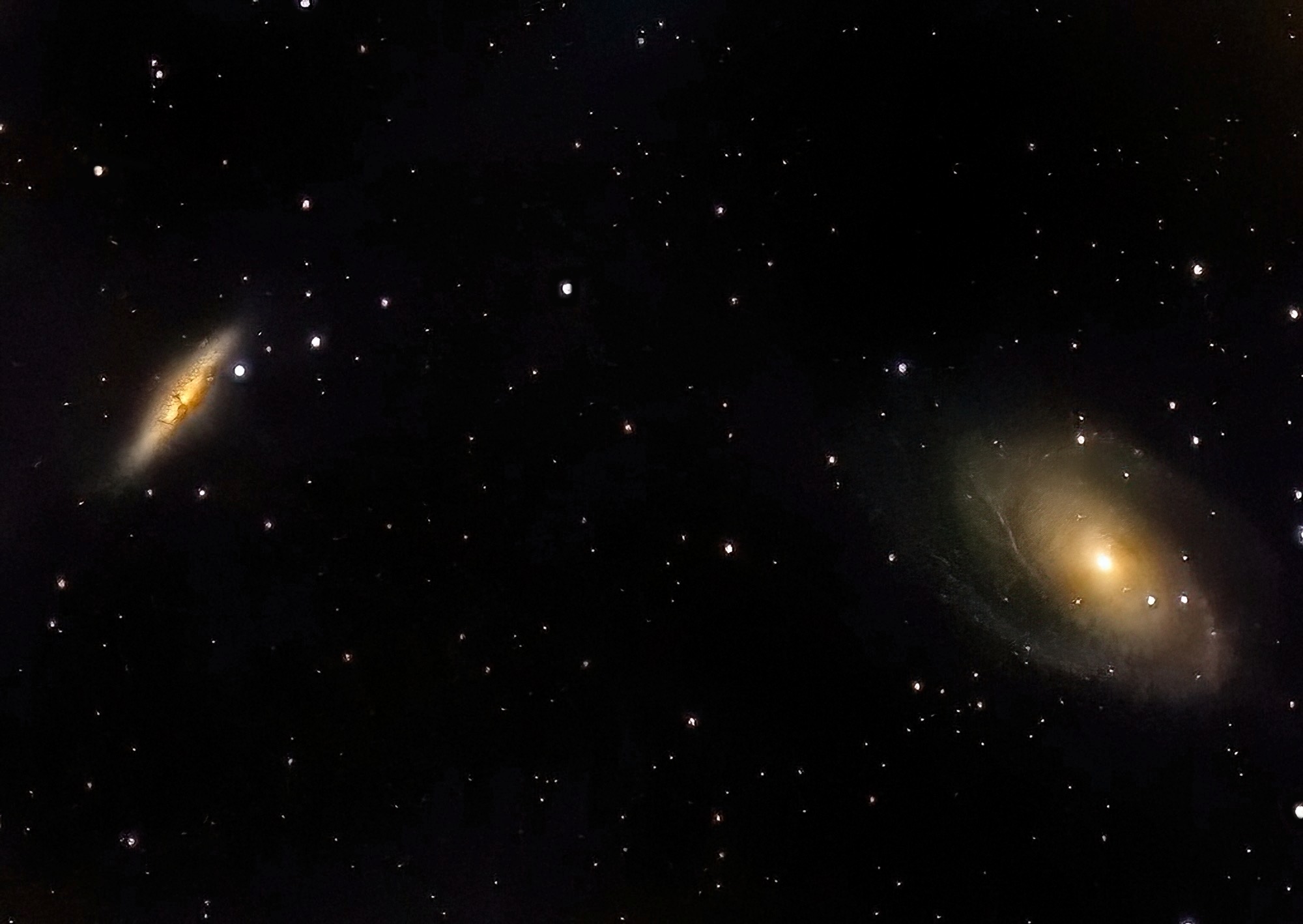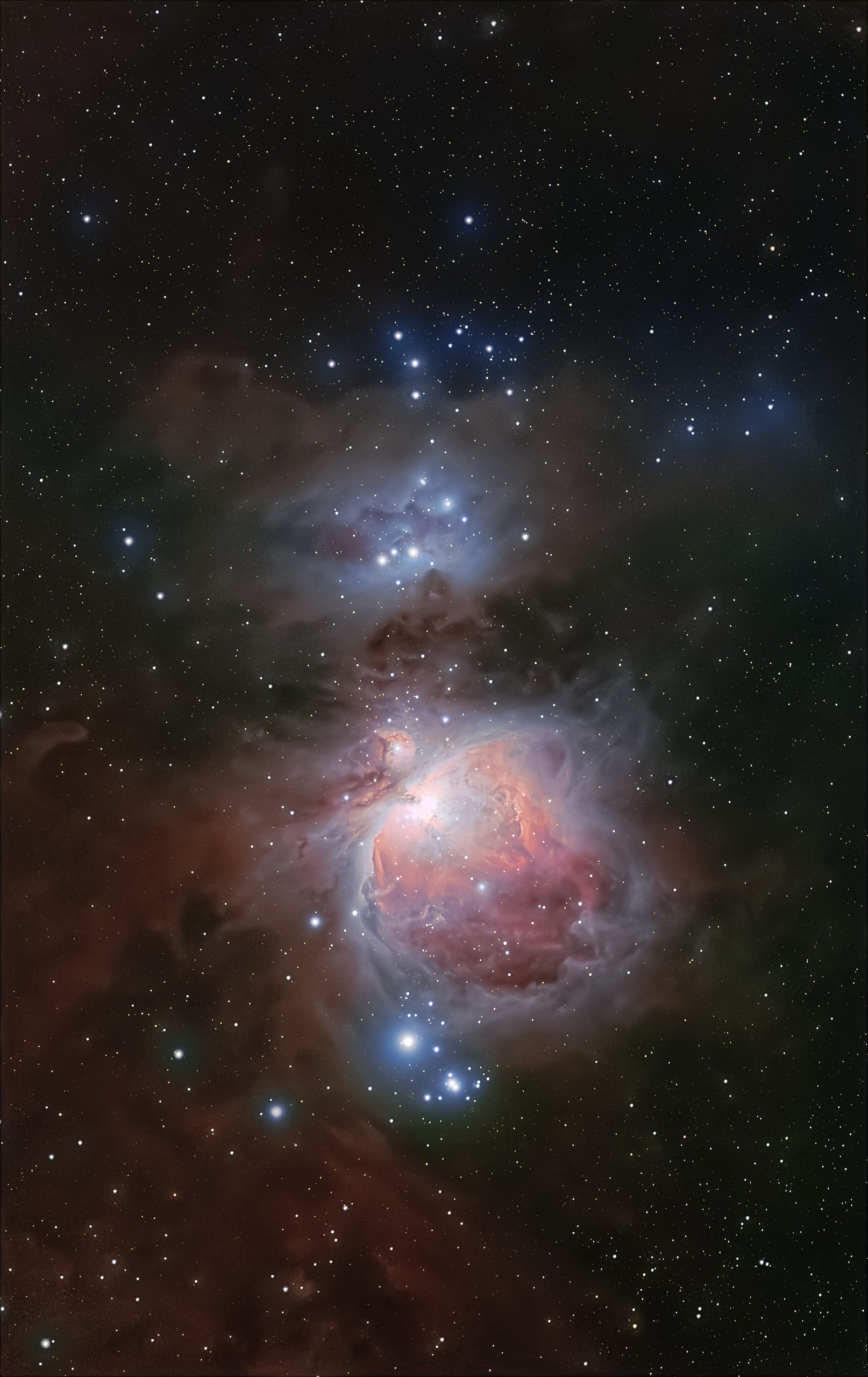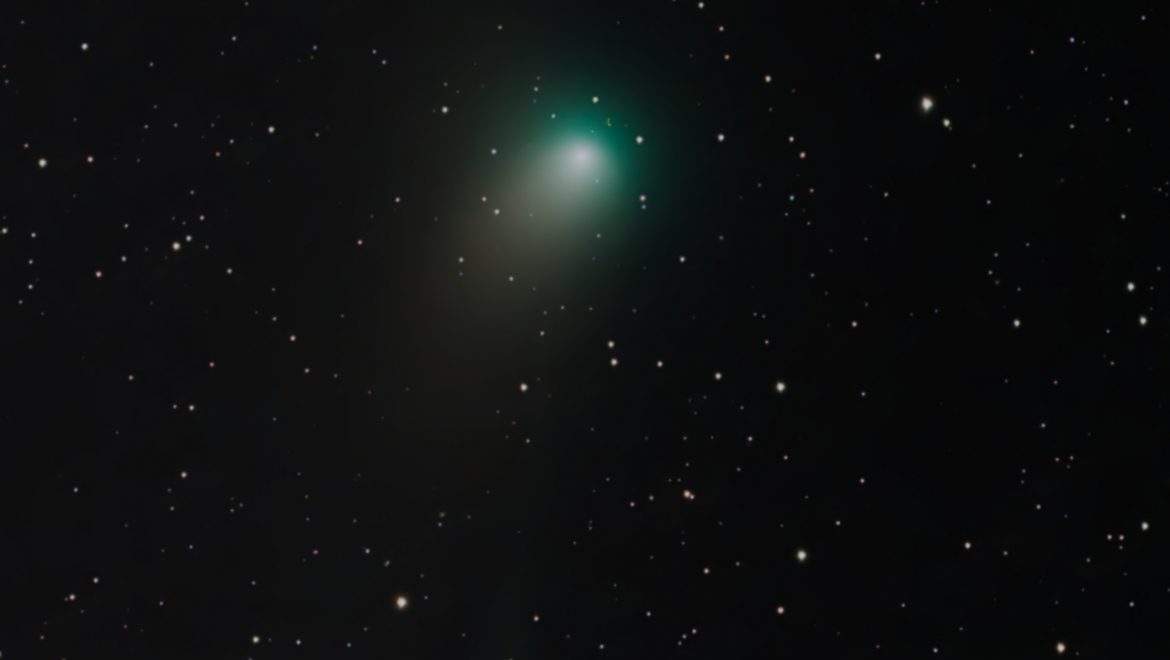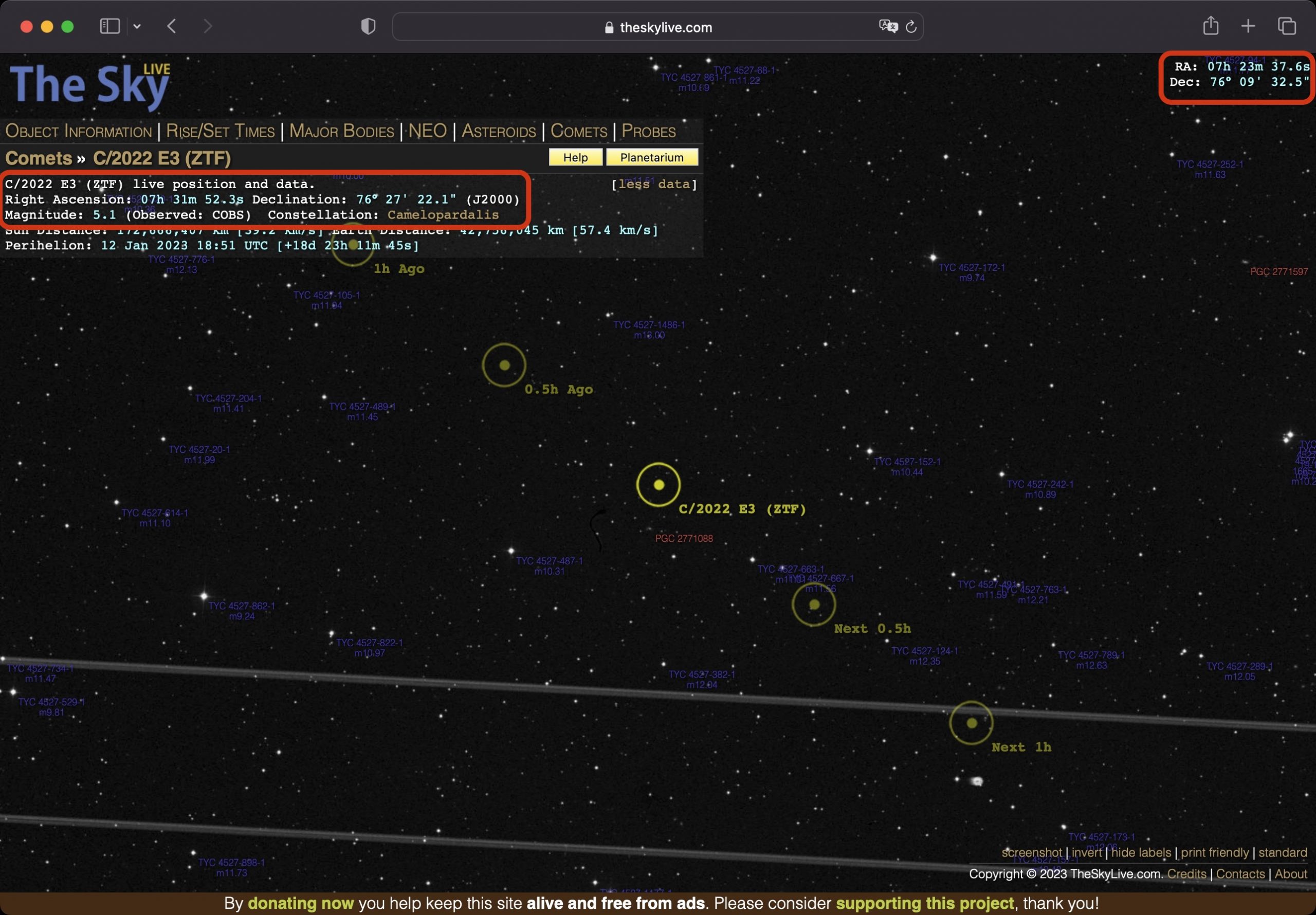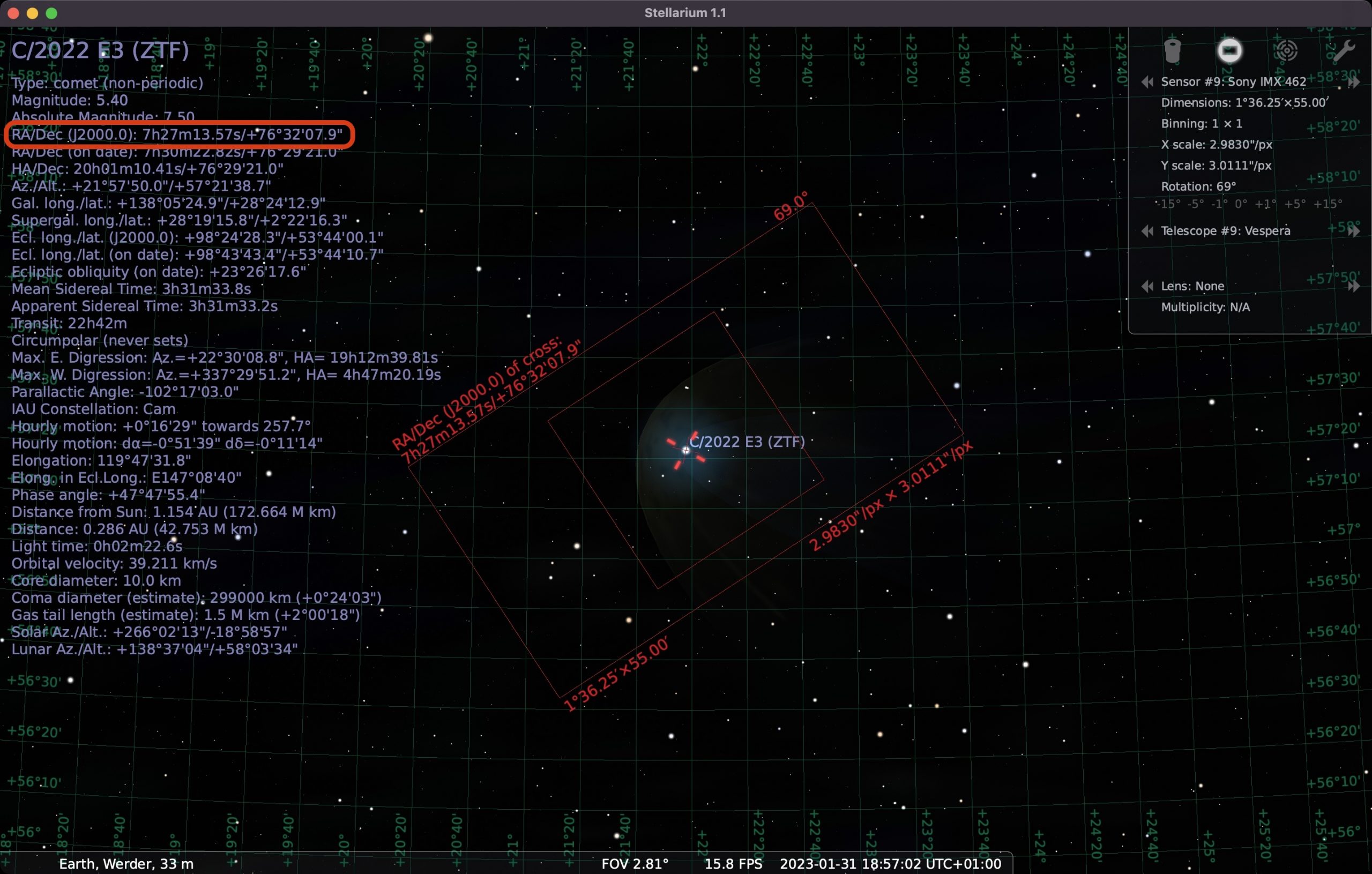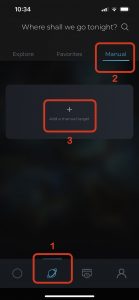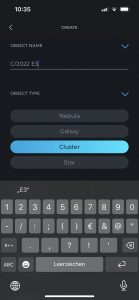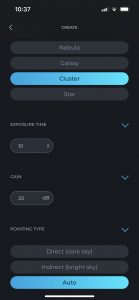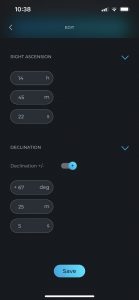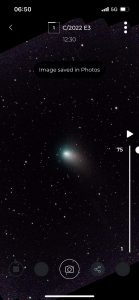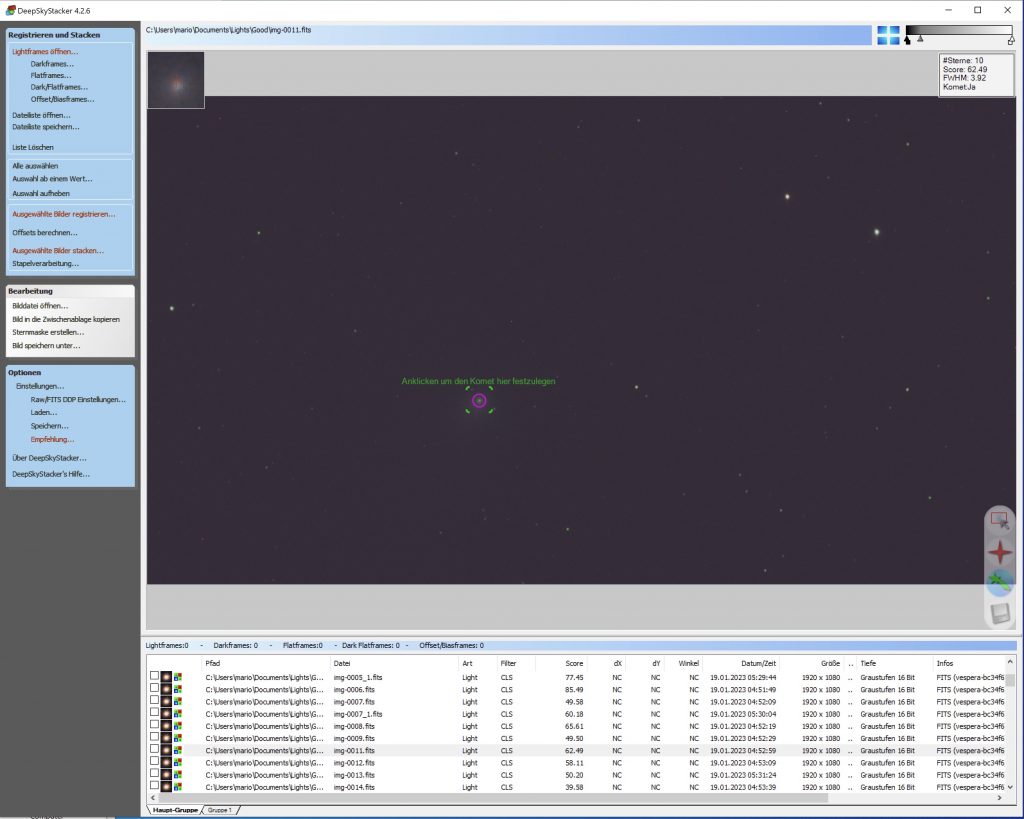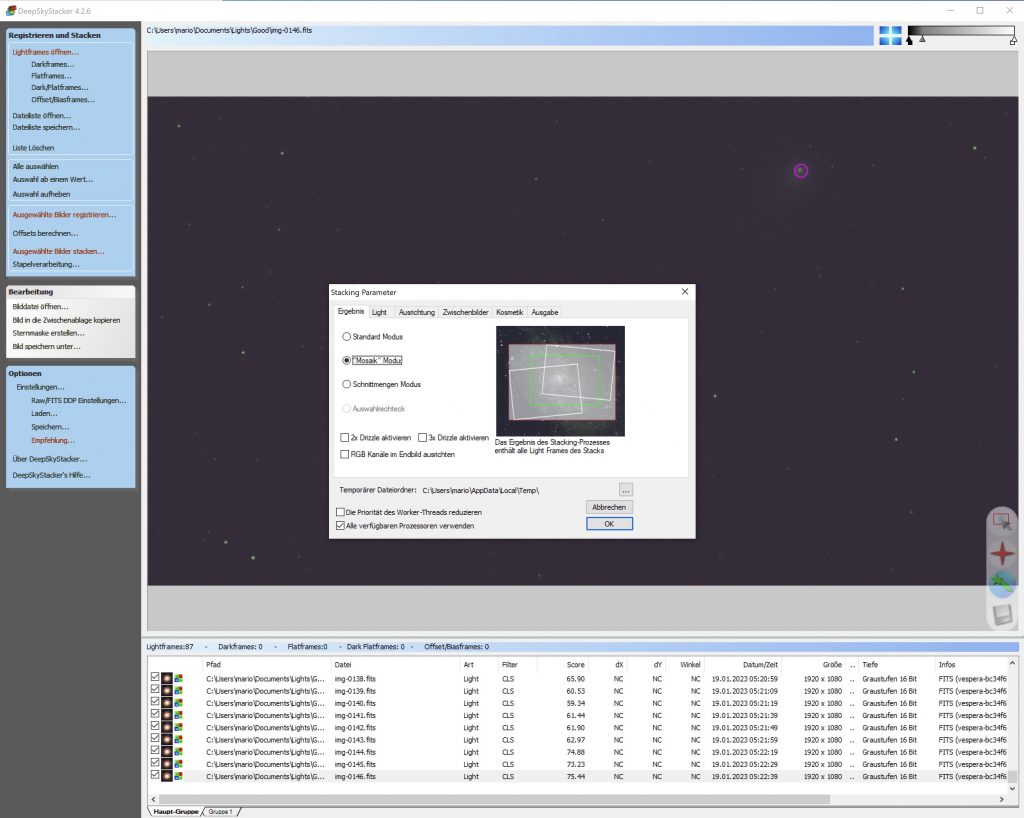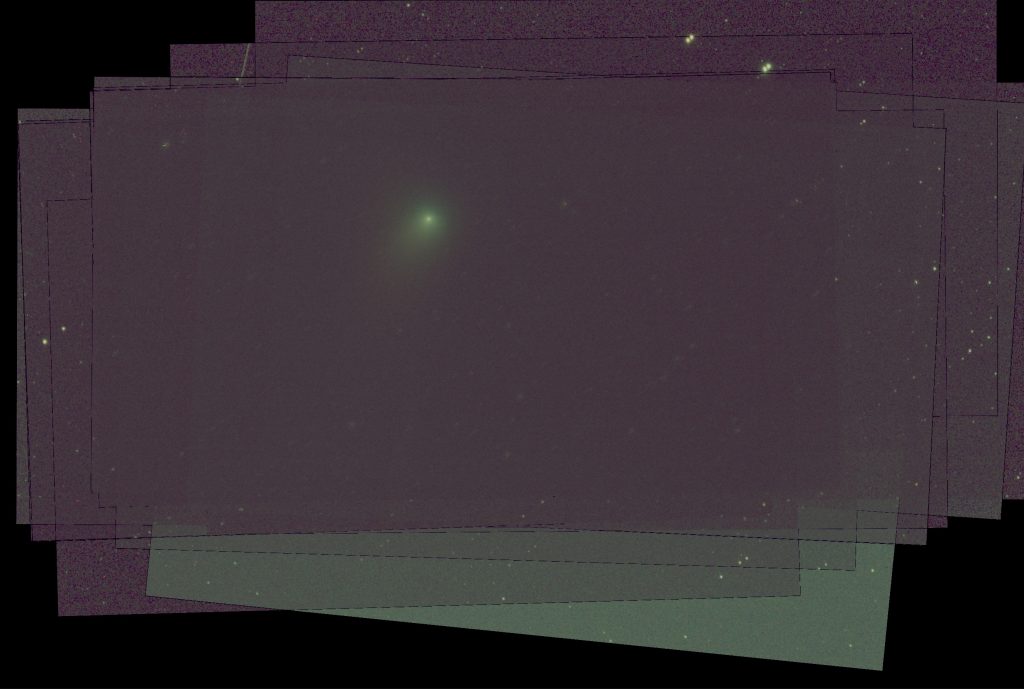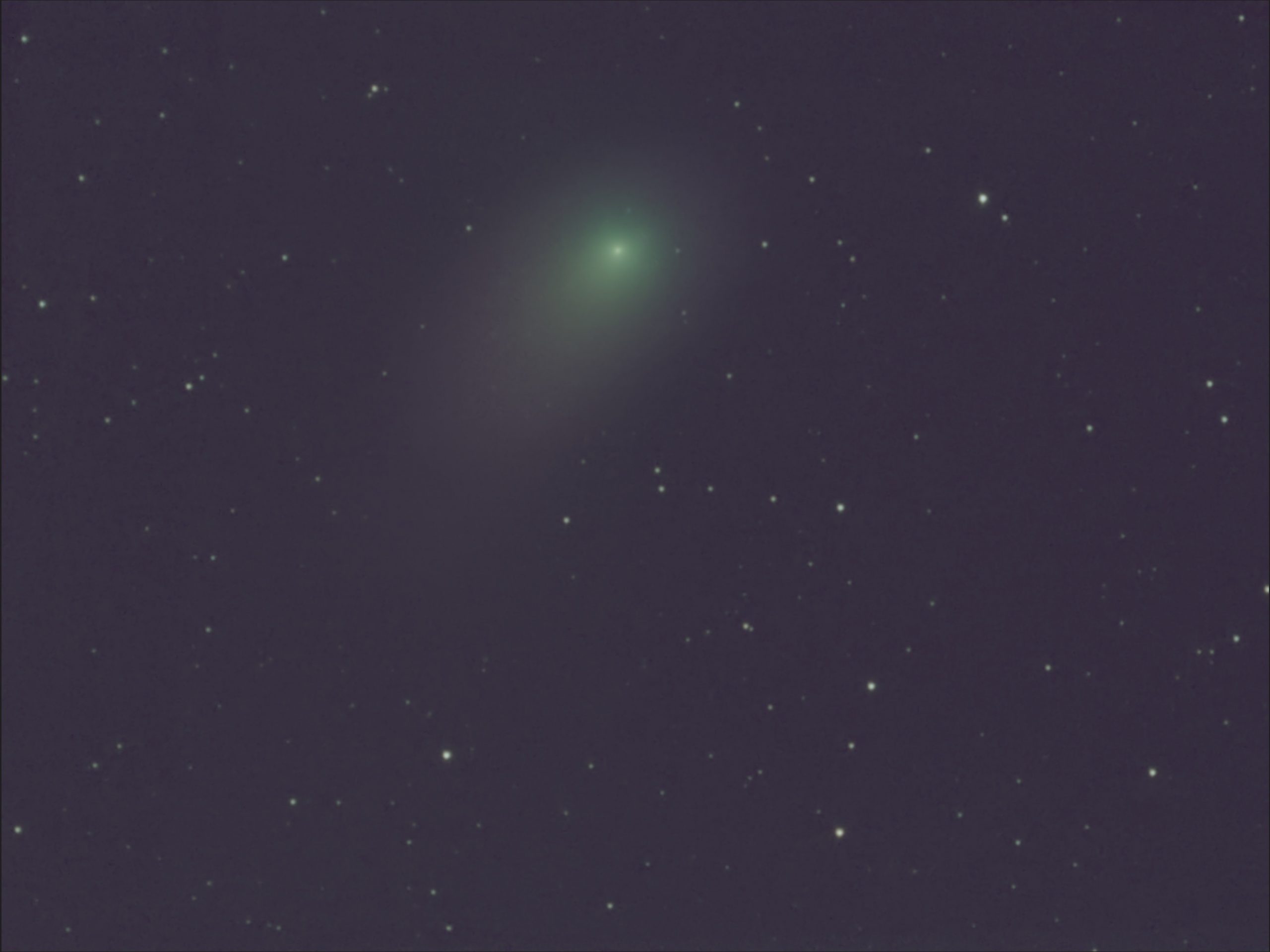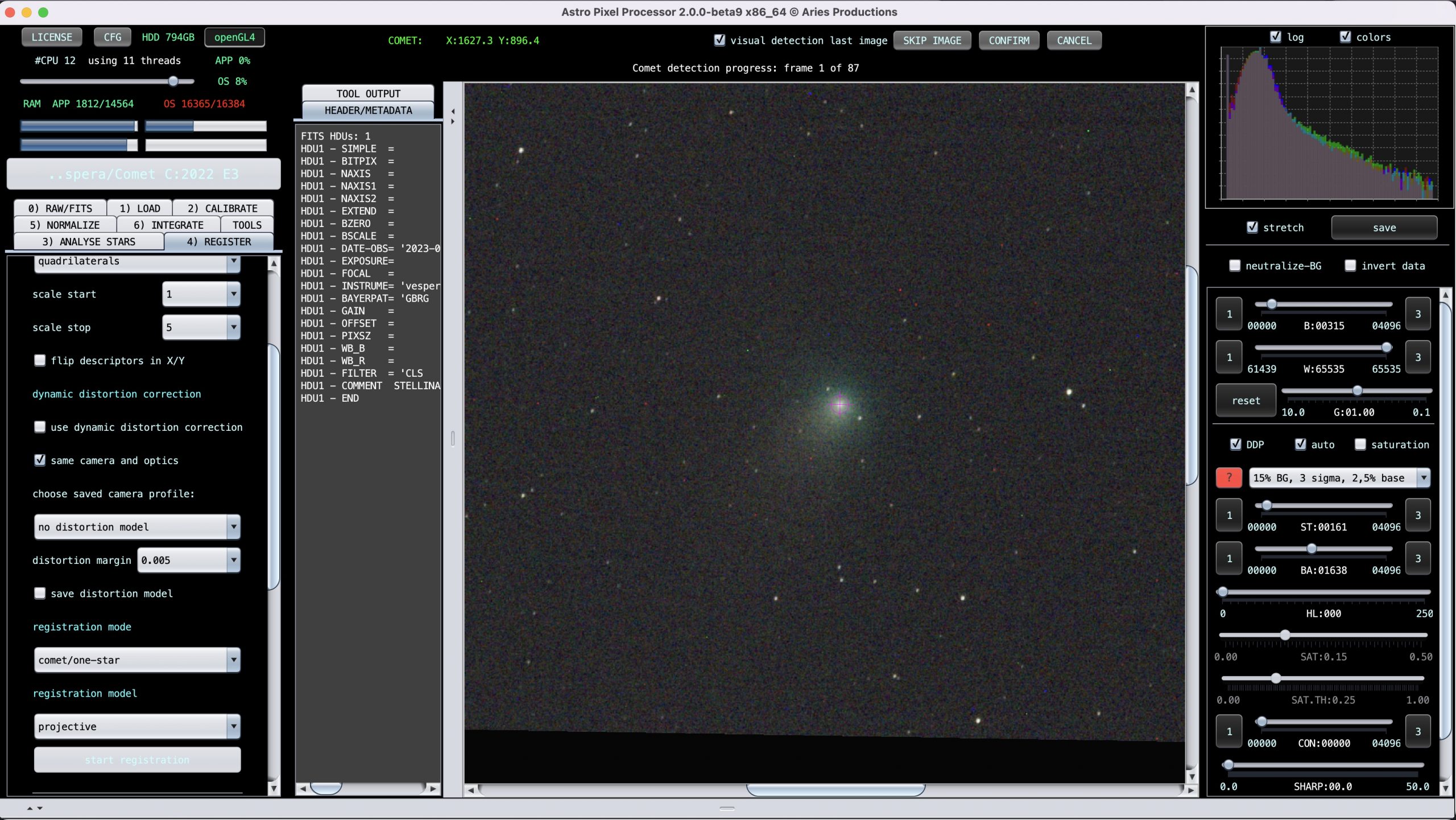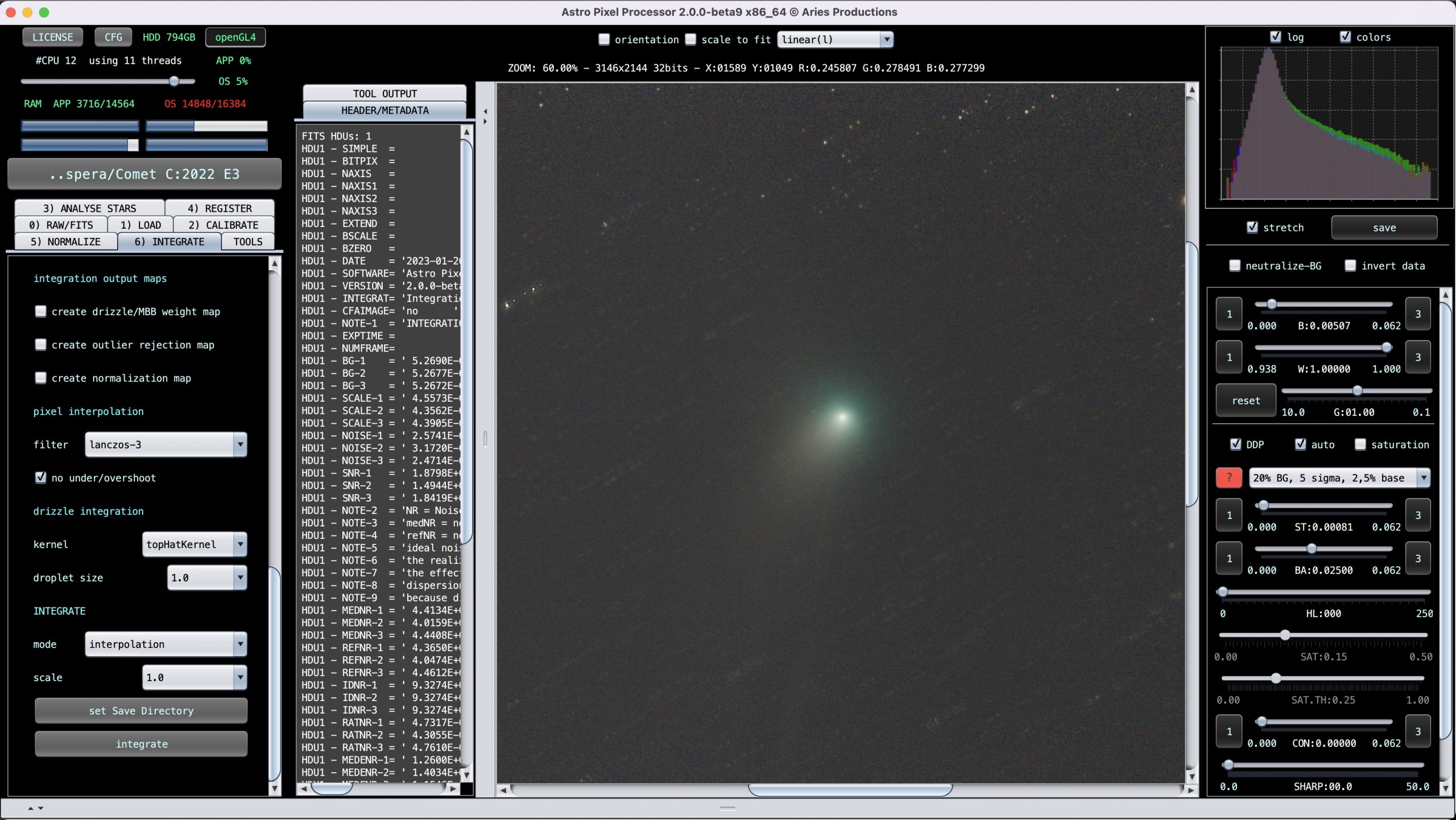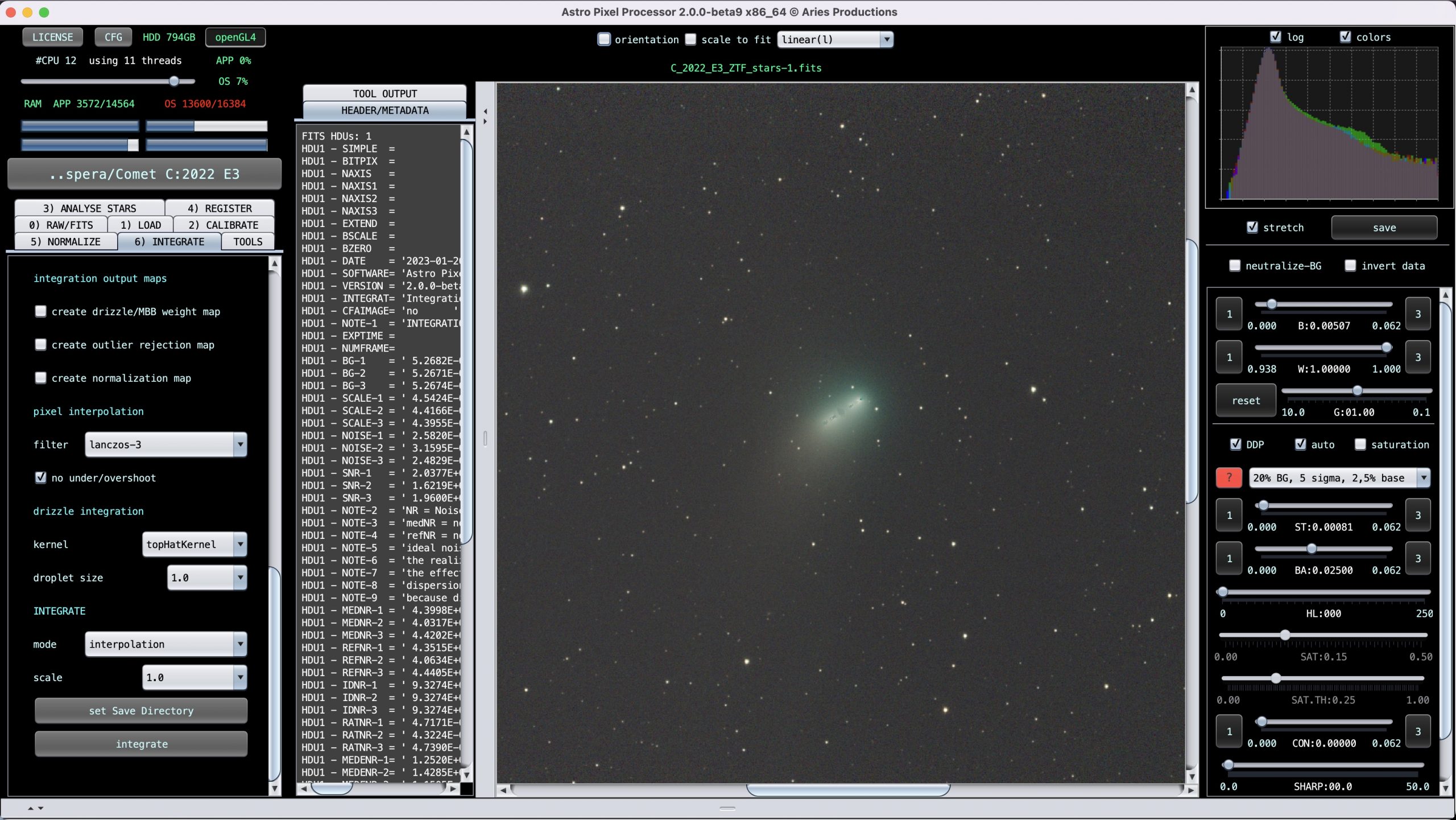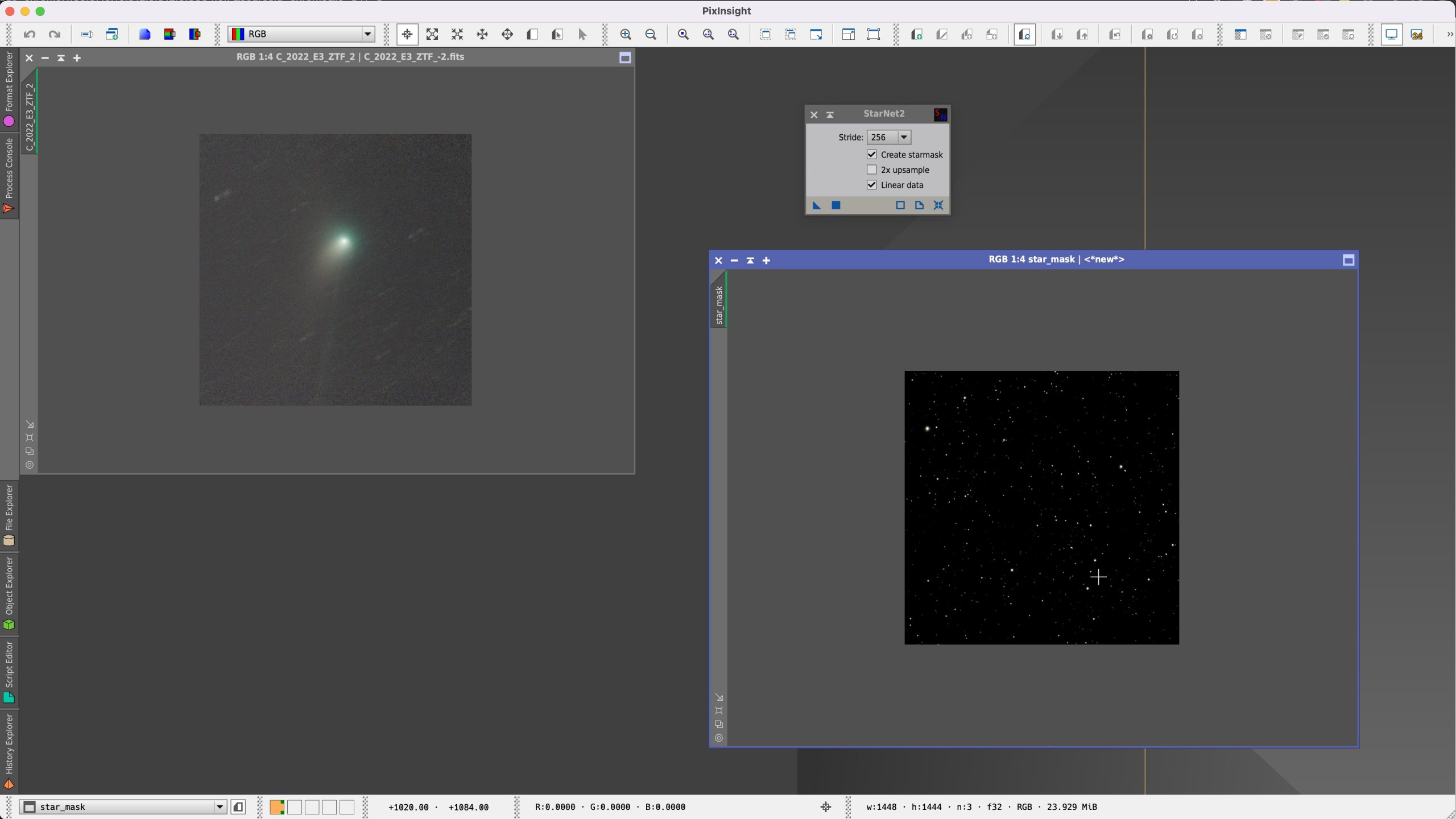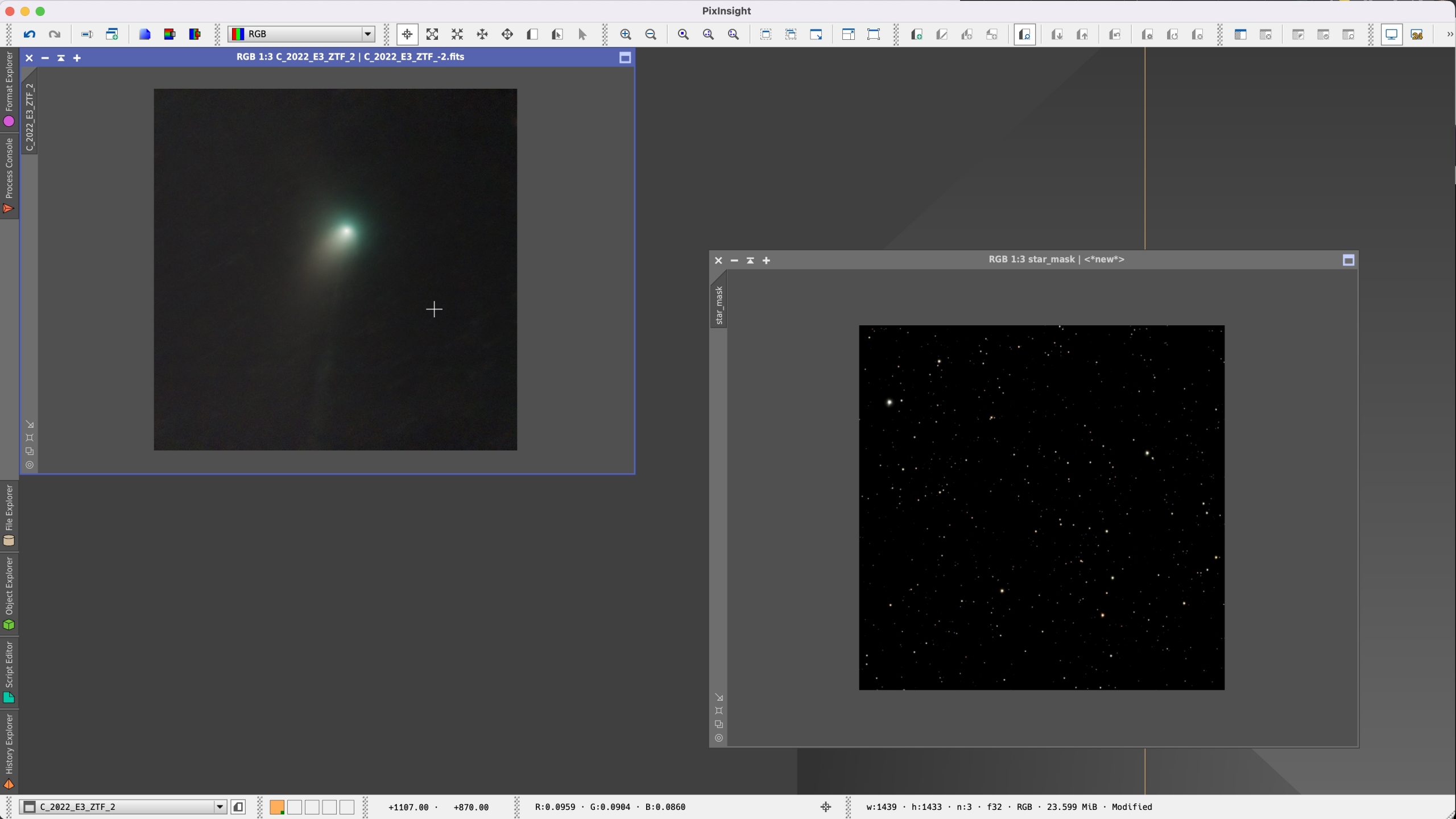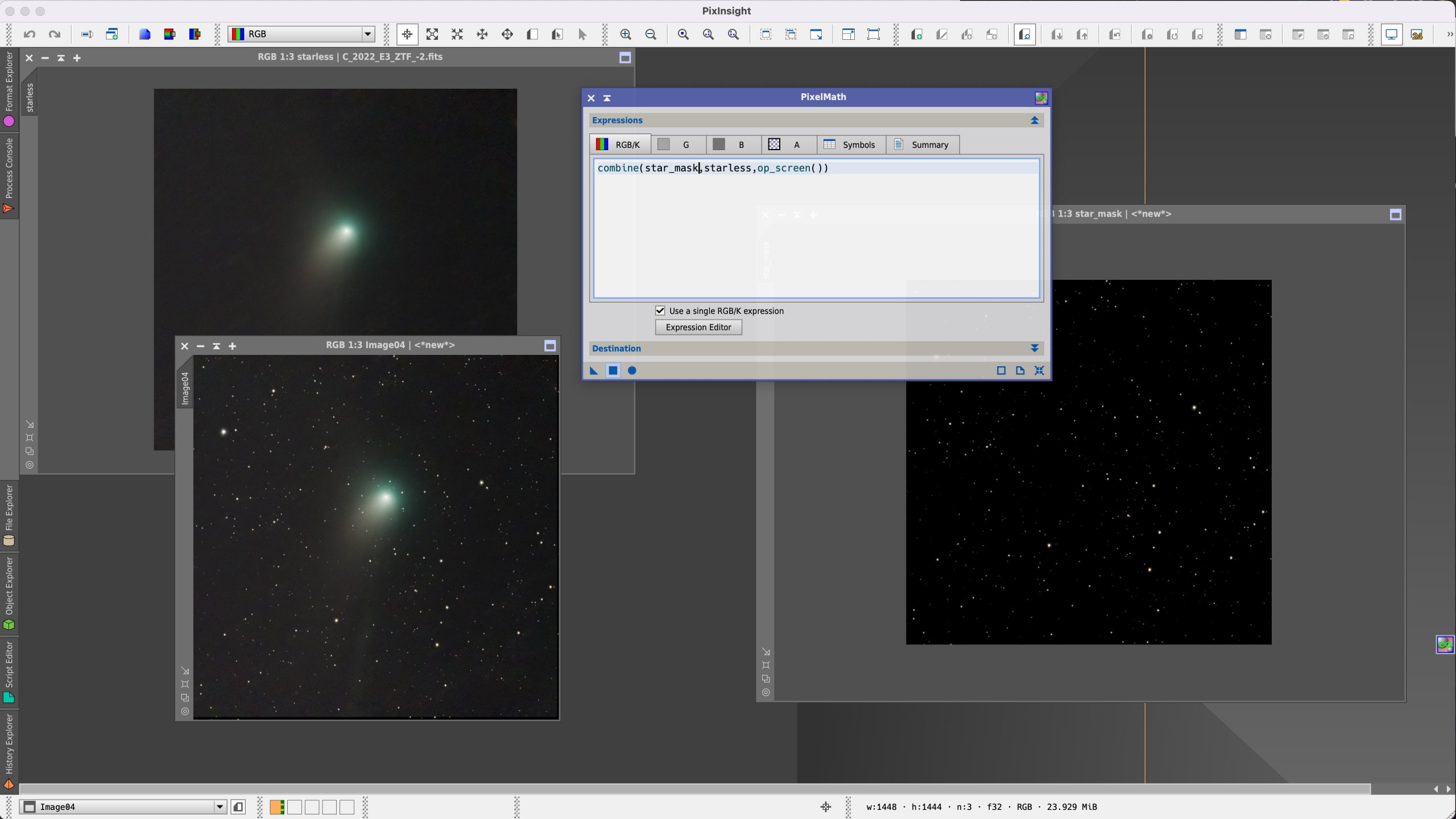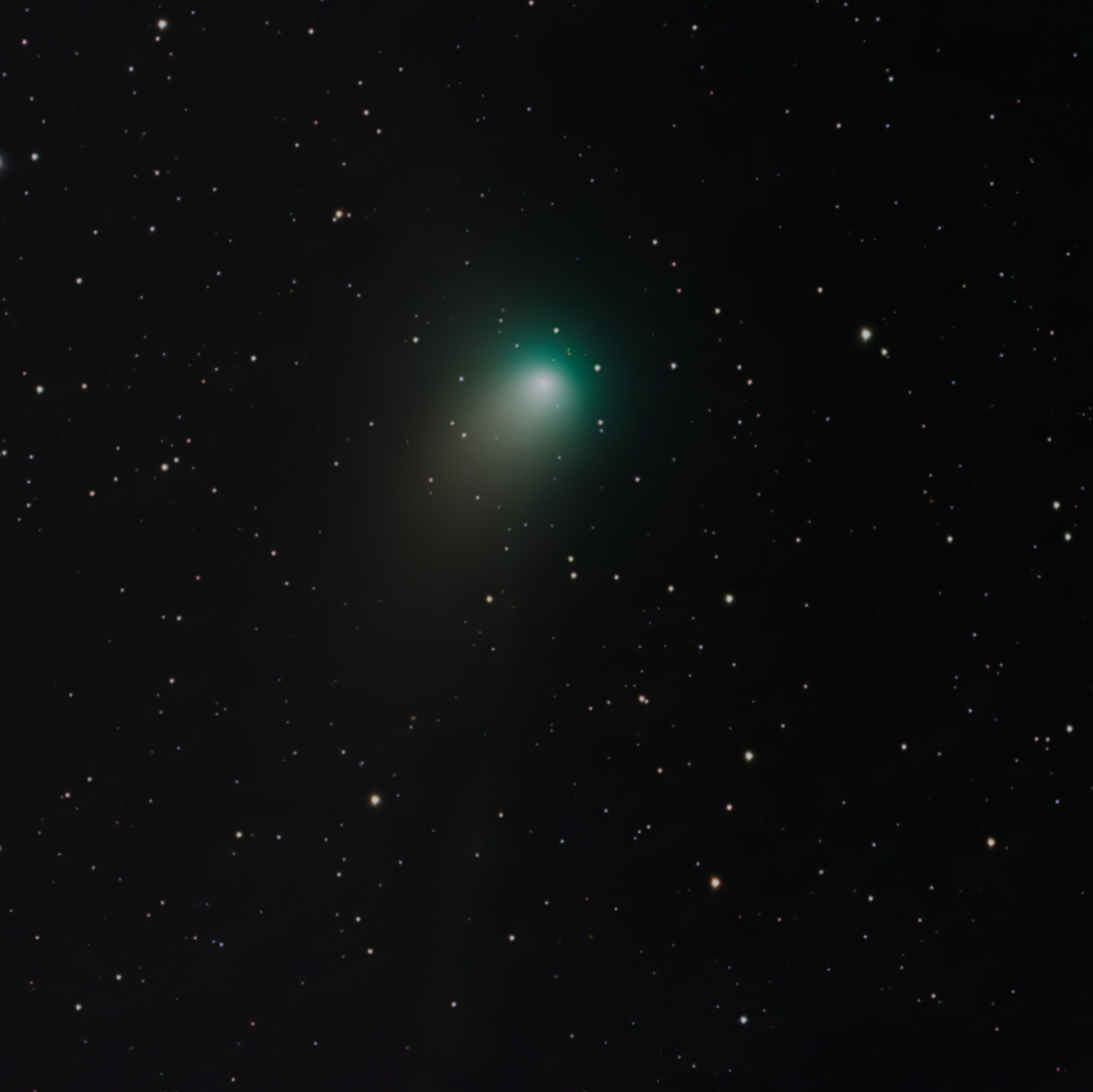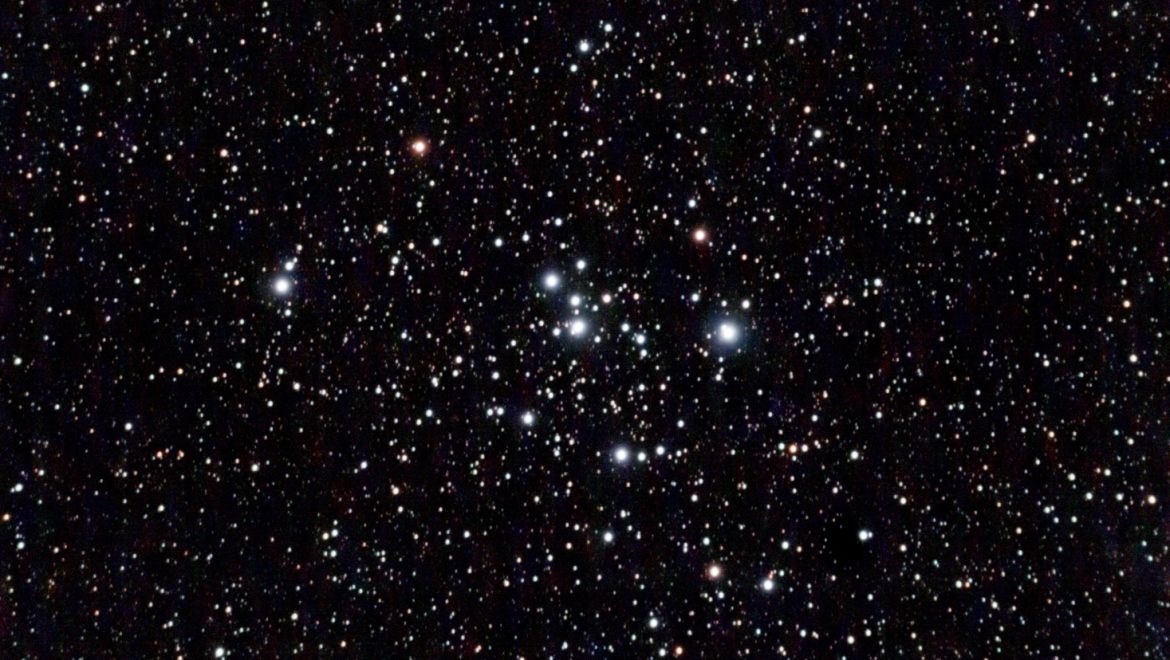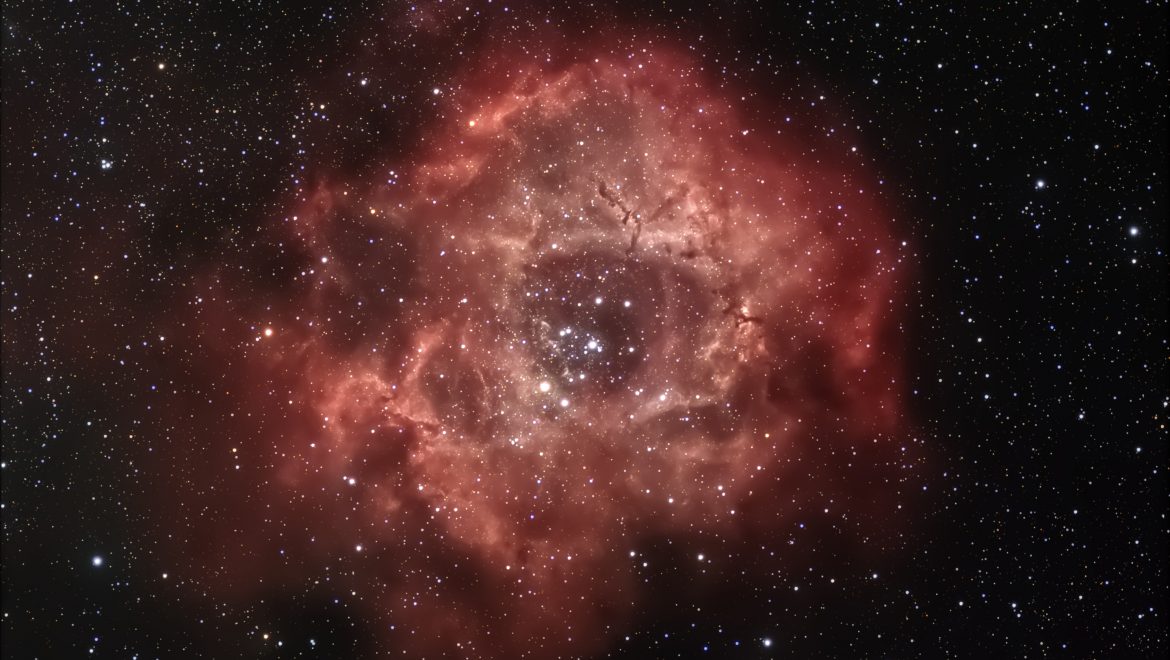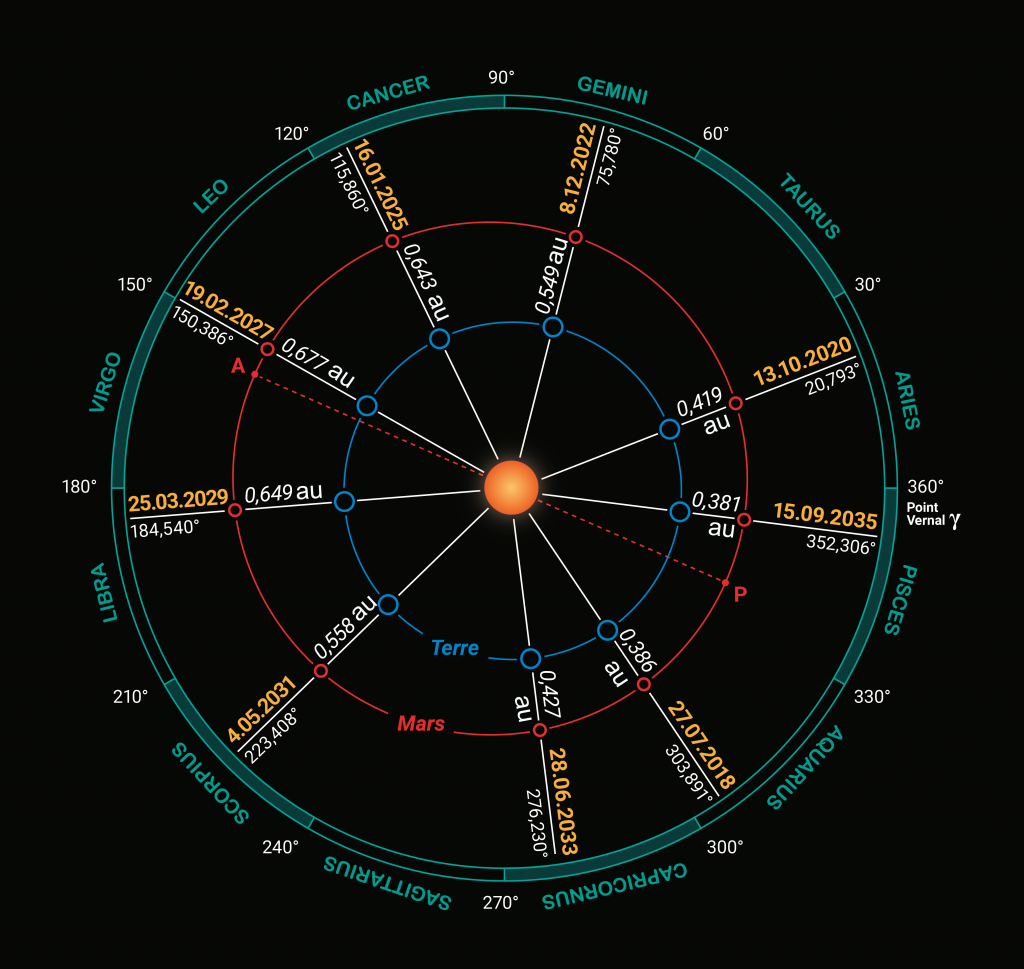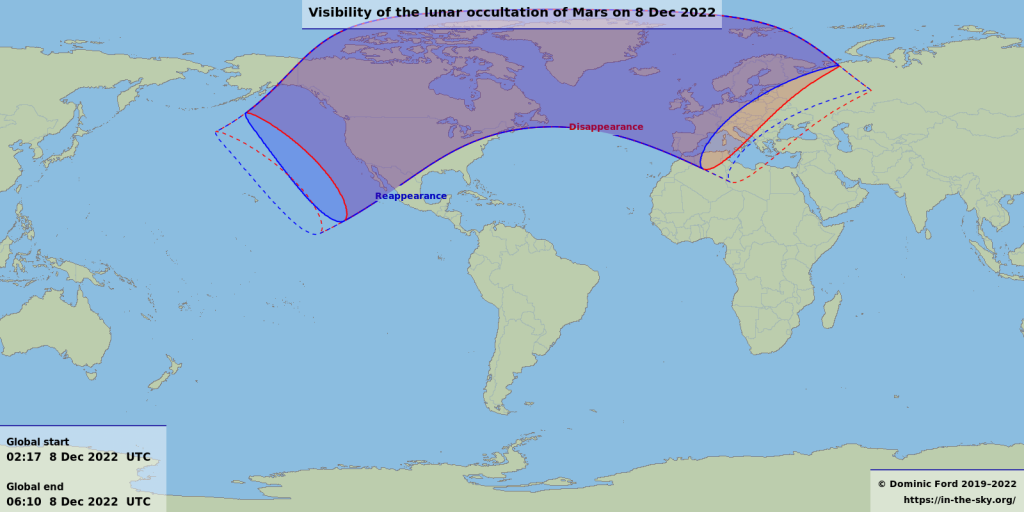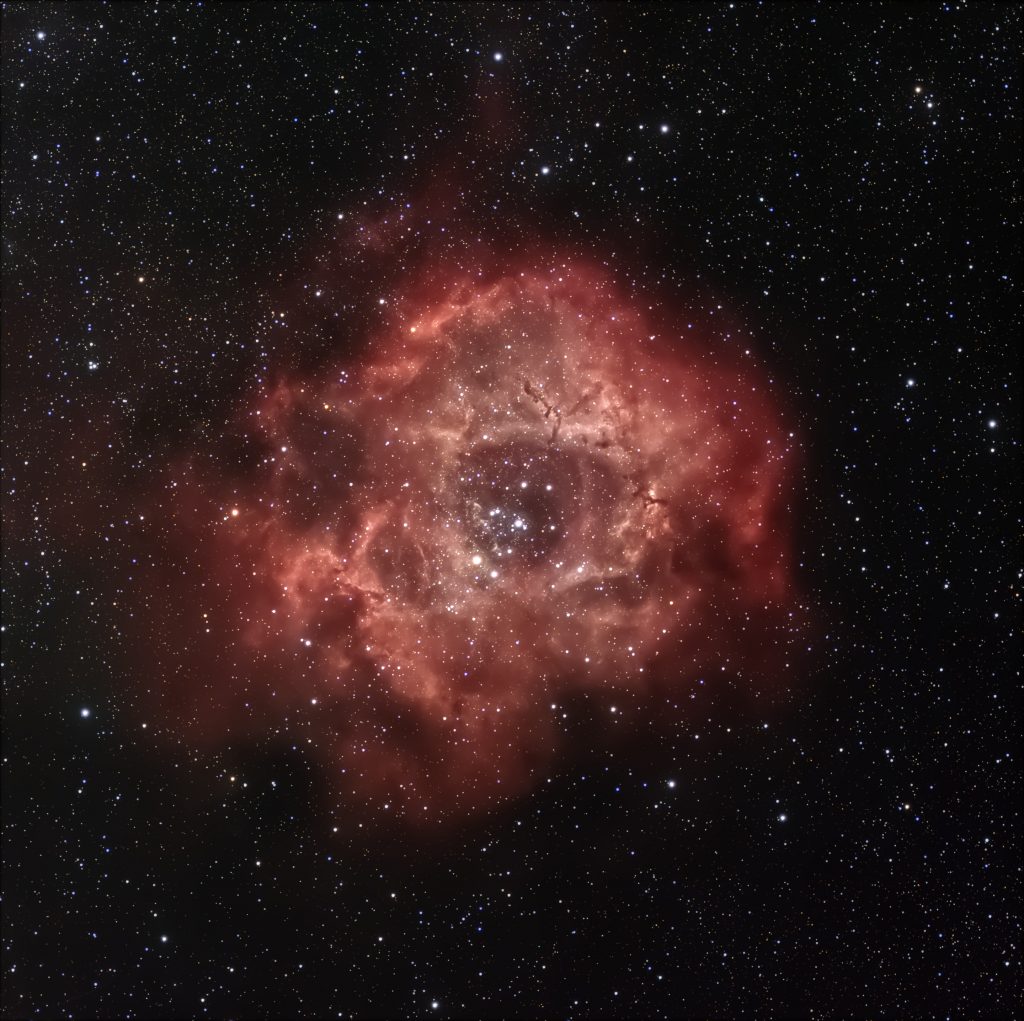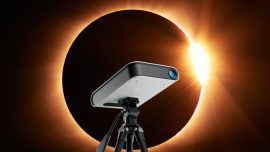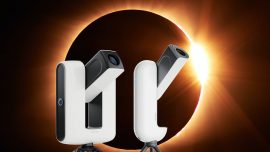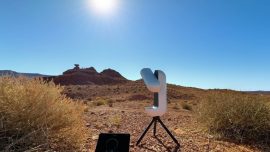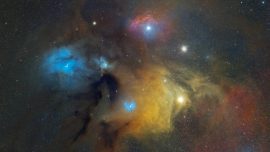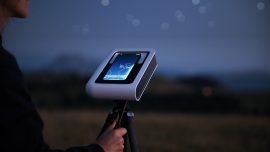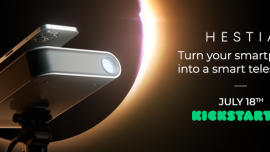New 2023 version
How to process Stellina and Vespera Raw Images with Affinity Photo
Did you know that you can now export the images of your observations in a 16-bit TIFF format? This raw file allows you to apply your own image processing settings and edit the images at your convenience. By doing so, you will get better image quality and personalize the results without the hassle of stacking files yourself on astrophotography software. This tutorial explains how to process raw images with Affinity Photo, being suitable for beginners who wish to learn astronomical image processing techniques.
CONTENTS
- Introduction
- Requirements.
- About the technique used in this tutorial
- Processing steps
- Tone stretching.
- Noise reduction.
- Details enhancement.
- Star reduction
- Color grading
- Final touch
- Can we proceed further?
Affinity Photo image processing: how to process Stellina and Vespera raw images | introduction
Requirements: Affinity Photo software
Affinity Photo image processing: here’s a tutorial on how to process Stellina and Vespera raw images with Affinity Photo to optimize your astrophotography skills.
Affinity Photo is a raster graphics editor similar to Photoshop. It can export and read Photoshop files (.psd) but is more accessible than Photoshop because of its price, and its interface is more user-friendly. It’s available for Windows and macOS systems. An iPad version is also available.
Affinity photo is packed with features dedicated to astronomical photos, such as native support for FITS images and stacking with the use of calibration images.
The price is about 50€/$50 for a one-time purchase.
While this tutorial is made with Affinity Photo version 2, all the actions presented can also be performed with version 1. The screenshots differ mainly in the new design of the icons. For those of you using Photoshop, most of the features are similar to what you’ll see below.
The screenshot below (fig. 2) shows the main elements of the Affinity Photo interface that we will use.
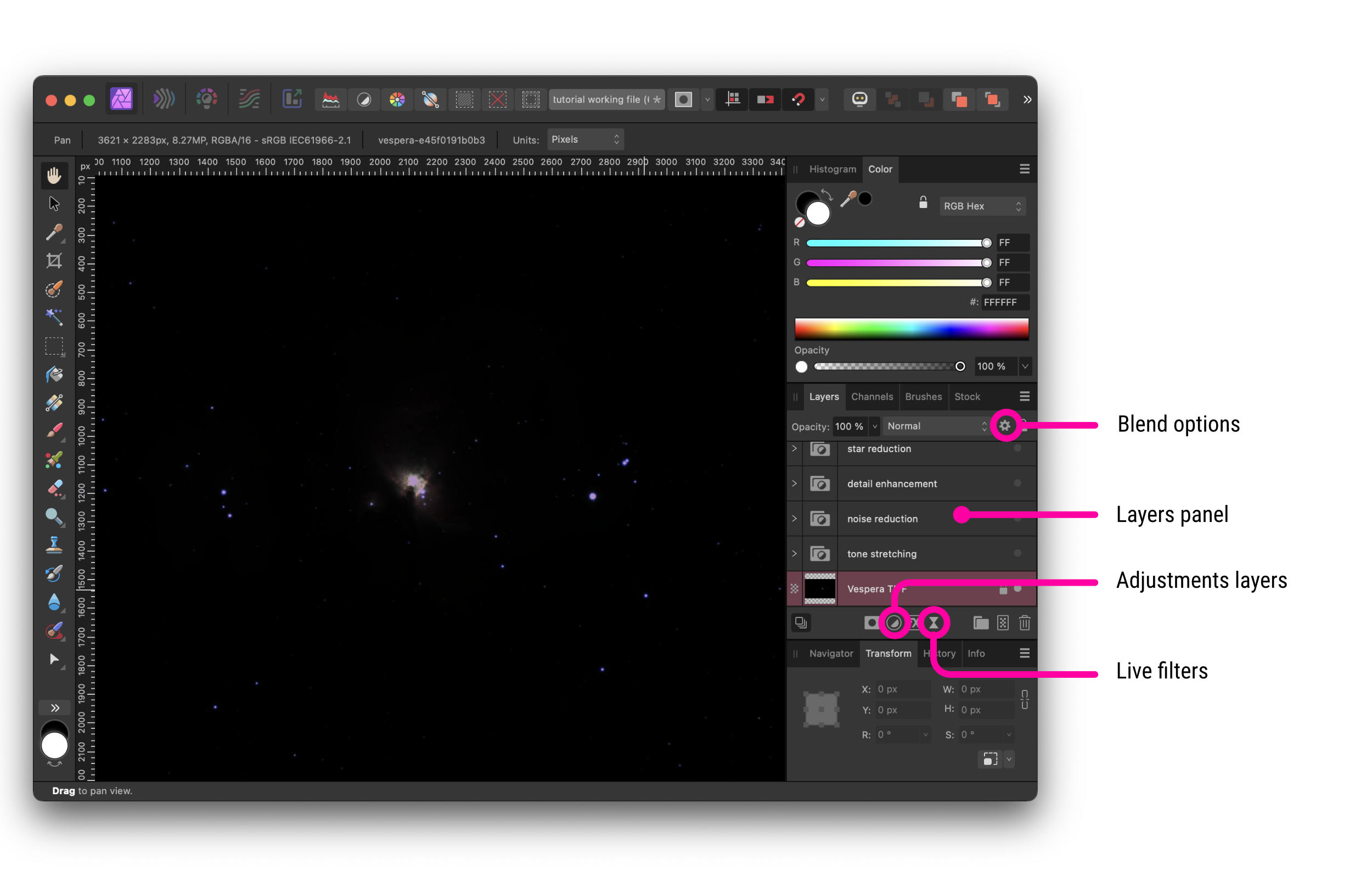
Fig. 2 – Affinity photo interface.
Affinity Photo image processing: how to process Stellina and Vespera raw images with Affinity Photo | the example file
This tutorial is based on an image of the famous Orion Nebula (M42). You can download the original TIFF file (as you would retrieve it during your observation) by clicking here.
This image was captured with Vespera using our CovalENS mosaic mode, with the integration of 900 exposures of 10s (2h30 in total).
You can of course apply this tutorial to your own images. To do so, you need to make a TIFF export of the images you capture (read this article to learn more).
The better the image captured, the better the final result of the process. You may want to read the 14 tips for optimizing the performance of your observation station.
About the technique used in this tutorial
There is no unique way to process an astronomical image. The vast array of software available on the market and their various functionalities offer many ways to achieve a result.
Note that the settings required to process a particular celestial object may significantly differ depending on whether they are nebulae, galaxies, or star clusters. Celestial objects can show very different characteristics, even within their category. The advantage of manual processing over Stellina’s or Vespera’s automatic processing is precisely to allow for the treatment of objects differently depending on their features. It is important to understand that this article is not about strictly following the step-by-step tutorial, but rather understanding the notions related to image processing and being able to apply the concepts to other cases.
Affinity Photo image processing tutorial: Non-destructive processing
Most of the actions described in this tutorial are non-destructive. At any point in the process, it is possible to easily go back to previous settings, adjust them and get the result in real-time while preserving the rest of your work. The original image remains available without being directly altered.
This method offers more flexibility but also requires a more powerful computer configuration.
If at any stage of processing, your computer becomes too slow, you can “flatten” the result (i.e. merge all the processing stages) and then proceed.
Affinity Photo image processing: processing steps
Step 1: Tone stretching
At first glance, the TIFF file may confuse you (see figure 2): the image appears almost completely dark. Actually, the signal does exist. What we can see at this point is basically the heart of the nebula and the brightest stars. To show the whole nebula, it is necessary to “stretch” the dark tone part of the histogram of the image. This step is called tone stretching.
How to better understand the role of tone stretching
The range of shades that a computer screen can display (the dynamic) is much smaller than that of the TIFF file (256 levels per color for the screen vs. 65536 levels per color for the TIFF file). This is why we only see the very bright parts of the image on our screens.
Nebulae and galaxies are much less bright than the brightest stars. In astrophotography, it is the dark part of the image that we want to highlight.
The “tone stretching” allows for emphasis the dark tones compared to light tones.
Once you have opened the image with Affinity Photo, pay attention to the panels on the right (see figure 2). Make sure the “Layers” panel is visible.
Like most image processing software, Affinity Photo is based on a system of superimposed layers to compose the final image. Some layers may contain an image, while others contain adjustment layers whose effect affects all the visible underlying layers.
To achieve the “tone stretching”, we will use adjustment layers.
- At the bottom of the layers panel, click the “adjustments” icon (fig. 2). In the pop-up menu, choose “levels”.
A new panel shows a histogram of the image (the signal distribution across the image) as well as the available controls. The histogram shows that the majority of the signal in the image is located in dark tones (left part of the histogram).
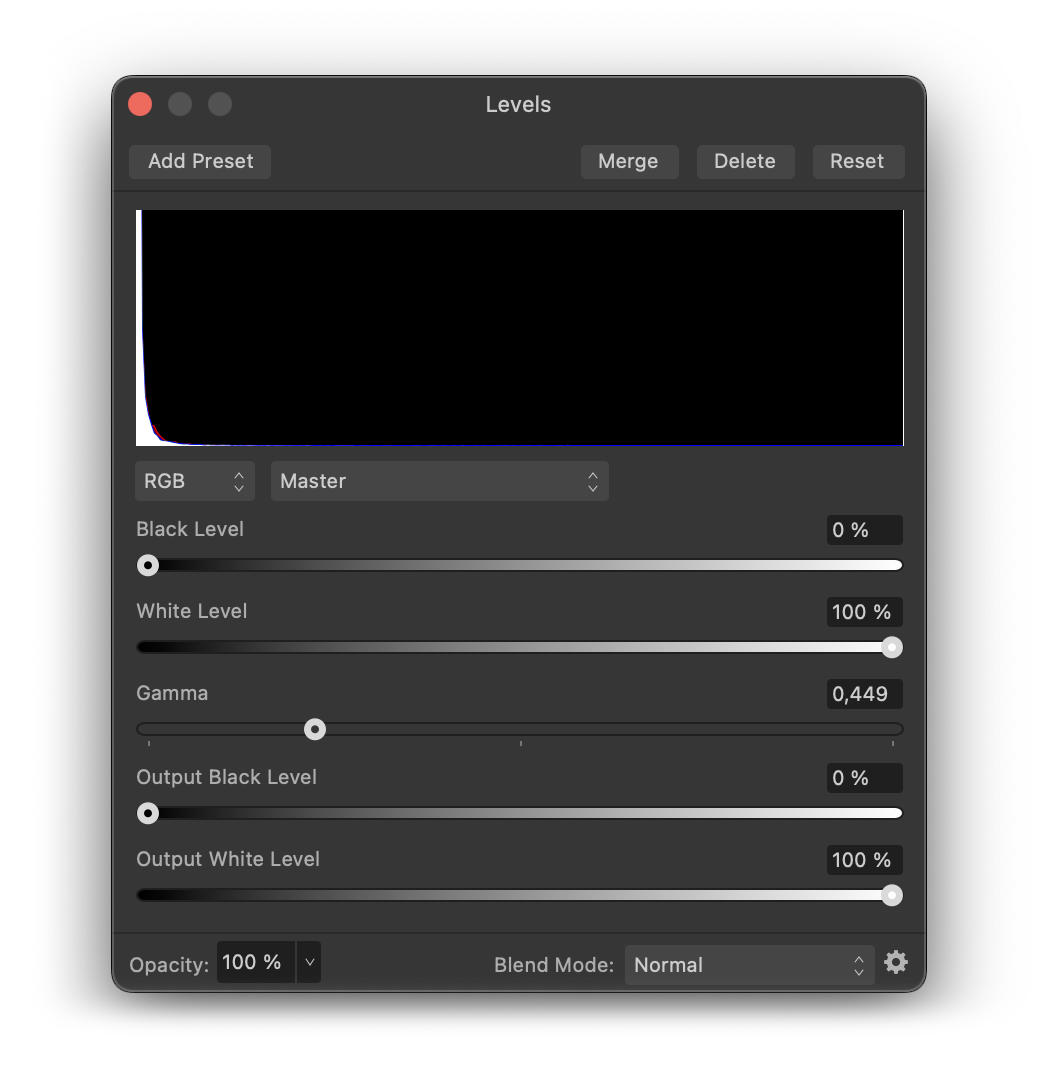
fig. 3 – gamma setting
- Bring the “gamma” slider to the left to emphasize the darker tones until the nebula appears but without getting the sky background too bright. For this image, I recommend setting the gamma to 0.45 (if you apply this tutorial to another image, the setting will probably be different).
Let’s proceed with another tool to make the nebula pop without increasing the brightness of the sky background.
- Make sure the Level adjustment layer is selected and click again on the “adjustments” icon at the bottom of the layers palette. Then choose “curves” from the list.
A new layer appears on top of the layer “Levels adjustment” and a new panel displays the corresponding controls (fig. 4, left part).
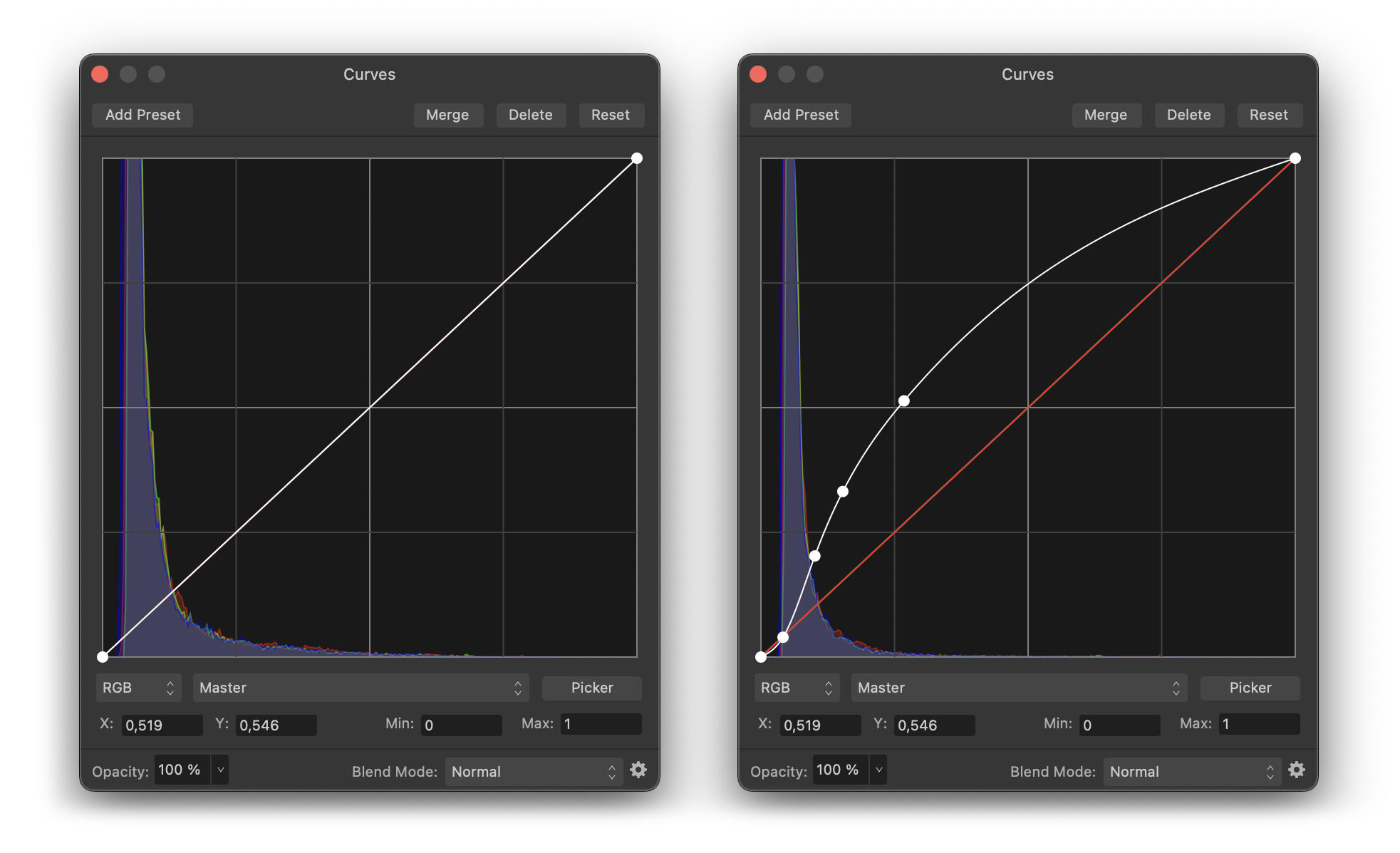
Fig. 4 – The curves adjustment tool
How to better understand tone curves
The tone curve graph allows you to selectively increase or decrease the brightness of the image areas according to the brightness they already have. For example, you can decide to increase the brightness of dark areas without changing the brightness of areas that are bright enough.
The left side of the graph (Figure 6 on the left) stands for the very dark tones, called shadows (or blacks), while the right side refers to the very light tones ( “whites”). In between are the dark mid-tones and the light mid-tones.
The vertical axis of the graph shows the brightness value for each tone: minimum (black) at the bottom, and maximum (white) at the top. At first, the curve that runs through the graph consistently indicates that the shadows (on the left) are extremely faint, and the highlights on the right are very bright.
By clicking on the curve, you can change its shape in order to increase the brightness level of certain tones without affecting others.
For our purpose, we want to increase the brightness of the nebulosities without increasing the highlights (to avoid “overexposing” them) or the black tones (so as not to make the sky background too bright).
- Click the curve on the dark tones side to add a control point. Then move it upward to increase the brightness of that tone range.
The darker parts come out more but the very bright areas become burnt. We need to add another control point on the curve to bring the brightness of the highlights back to their original values.
- Add the required control points to the curve so that it adopts a shape similar to Figure 4 on the right.
We are now tempted to make the nebulosities pop out even more. Rather than readjusting the tone curve we’ve just set, adding a second layer of “curve adjustment” may be better to proceed gradually.
- Click on the “adjustments” icon at the bottom of the layers palette and choose “curves”.
- Add control points on the new tone curve (fig. 5) in order to highlight the nebula while preserving the sky background and the very bright parts.
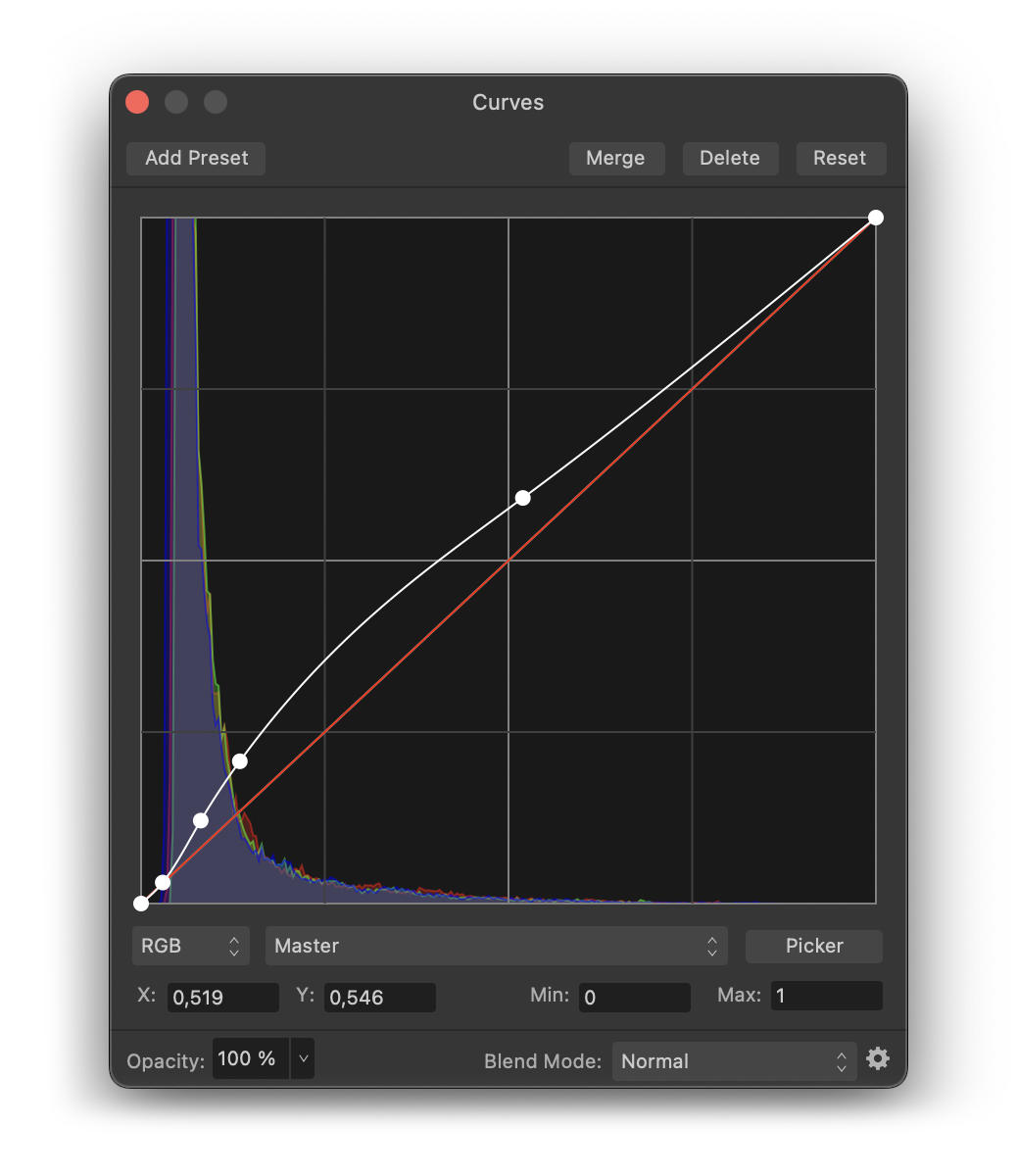
Fig. 5 – second setting of the tone curve.
Here is the result you should get at the end of this step, compared to the starting image.
Step 2: Noise reduction
While zooming in on the image, we observe the presence of “noise”. The noise is this kind of granulation that appears mainly in the dark areas of the image.
The noise is distributed randomly and evenly across the image. It is less noticeable in the bright areas because the weaker light intensity of the noise is overpowered by the strong “signal” of the bright areas.
How to better understand the causes of image noise
Noise is initially present on any image captured by an electronic device. It can be produced by the image sensor and circuitry of a digital camera. It’s possible to limit the noise generated by the sensor by cooling it. This is why some experienced astrophotographers and professional astronomers use cooled cameras.
When processing an image, the various manipulations performed to bring out the details also have the negative side effect of bringing out the noise.
Let’s reduce it before it becomes too damaging for the following manipulations.
- At the bottom of the layers palette, click on the “live filters” icon and choose “denoise” from the list
- A new layer appears in the layers panel. Make sure it is on top of the layer stack. Otherwise, drag it over the “Curve Settings” layer.
Let’s start by reducing the color noise.
If you zoom in on a part of the image where only the sky background is visible, you see that what should be a dark grey area is actually a juxtaposition of pixels of different colors (Fig. 7 left)

Fig. 7 – Details of the noise on the sky background before and after applying the color noise reduction.
- Make sure the colors contribution slider is set to 100% and drag the Color slider slightly towards the right. For this image, you can use a setting of 6%.
If you look again in detail at the sky background, you can see that we now get a juxtaposition of gray pixels (fig. 7, right part)
Now, let’s tackle the luminance noise. Instead of making the adjustment in the active live filter layer, let’s create a new one (in order to apply a more specific adjustment)
- Click again on the “live filters” icon and choose “denoise”.
- Make sure the “Luminance Contribution” slider is set to 100%, the “Color” slider to 0%, and the “Luminance Detail” to 50%, and then drag the “Luminance” slider to the right to reduce the noise in the image.
The higher the “Luminance” value, the less noise there will be in the image. Be careful, however. Drastically reducing noise also reduces the details in the image. You need to find the right compromise.
For this example, I suggest setting the “Luminance” slider to 12%.
Noise reduction has been applied to the entire image. However, we’ve found that the noise was less noticeable in the light areas. It would be interesting to apply noise reduction only in the darker areas and thus keep all the details in the lighter areas.
We can achieve this result by controlling the blending options of the “Noise Reduction” layer. We can indeed indicate that the light areas of the “Noise Reduction” layer become “transparent” and let the underneath information pass through without modifications.
- Make sure that the top layer “noise reduction” is selected. At the top of the layer panel, click on the “blend options” icon (see fig. 2).
The settings panel that appears shows two graphs that look like the tone curve graph we are familiar with. They work in a similar way. Let’s focus on the left-hand graph “Source layer ranges”. This allows specifying the tone ranges to which the filter will be applied (if you are working with version 2 of affinity photo, you can use the new “Luminosity range mask” instead).
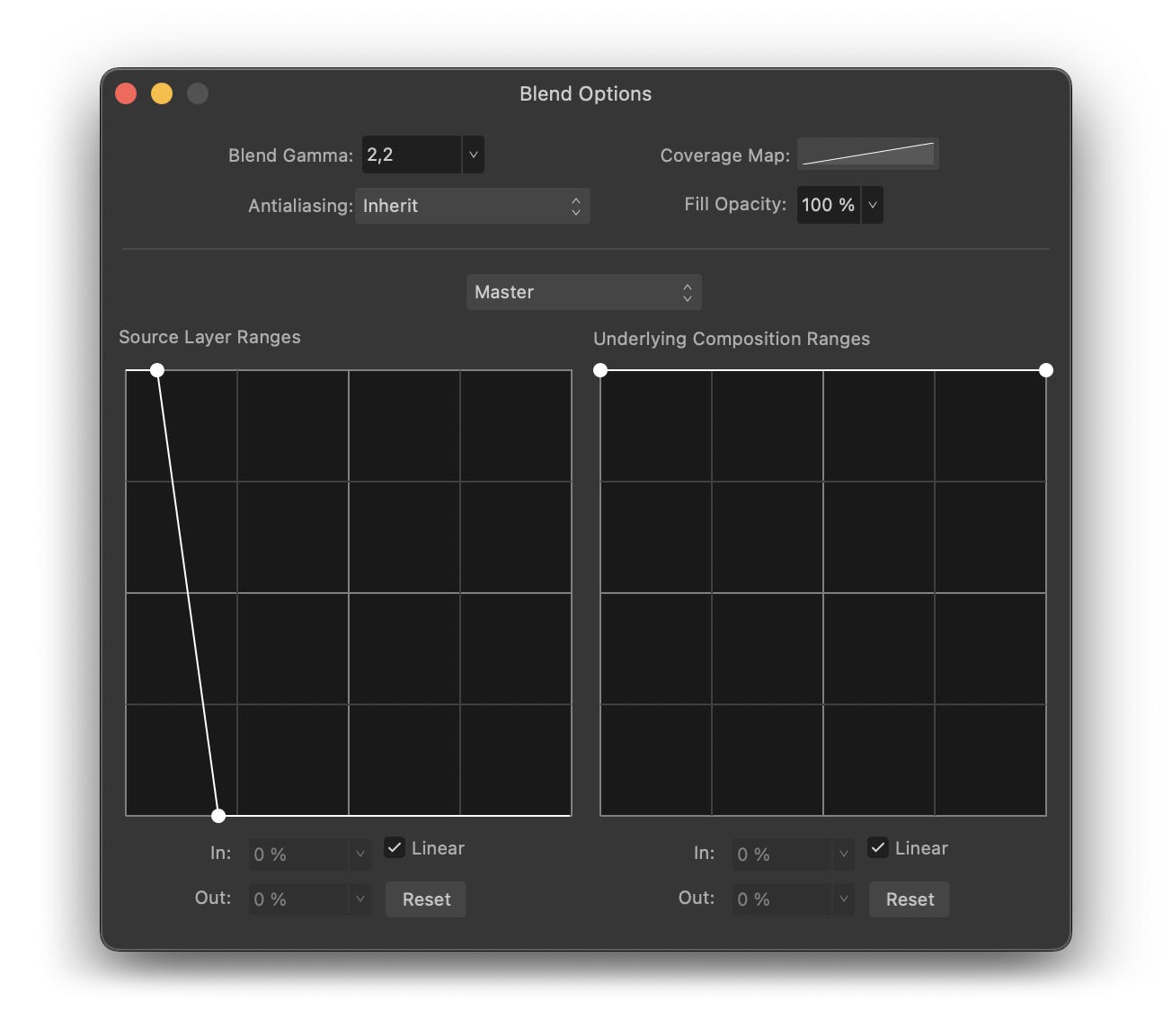
Fig. 8 – Blending options for noise reduction.
- Click on the control point at the top right of the graph (the one corresponding to the whites) and drag it down.
- Once completely at the bottom, drag it to the left and check in the image how the noise evolves to find the right setting.
The noise reduction layer no longer affects highlights.
- To make sure that the “noise reduction” layer affects all the very dark areas, move the control point at the top left of the curve (shadows) slightly to the right.
The graph should look similar to the illustration above (fig. 8).
Step 3: Details enhancement
Now that we have removed the noise from the image, we can bring out even more of the very faint nebulosity below the M42 nebula and around the “running man” nebula without too much altering the quality of the rendering.
- Add a new “curves adjustment” layer. We have to operate in a subtle and localized way on the tonal zone corresponding to these weak nebulosities.
- In the curve setting panel, click on “picker” at the bottom right.
- In the image, click on an area with very subtle nebulosities and while holding the click, drag the mouse cursor upward very gently. This will add a control point in the “curve setting”.
- Drag the control point upwards to highlight the relevant part of the image.
- Add 2 more control points on either side and drag them downward, so that the rest of the curve returns to its original position as shown in figure 9 below.
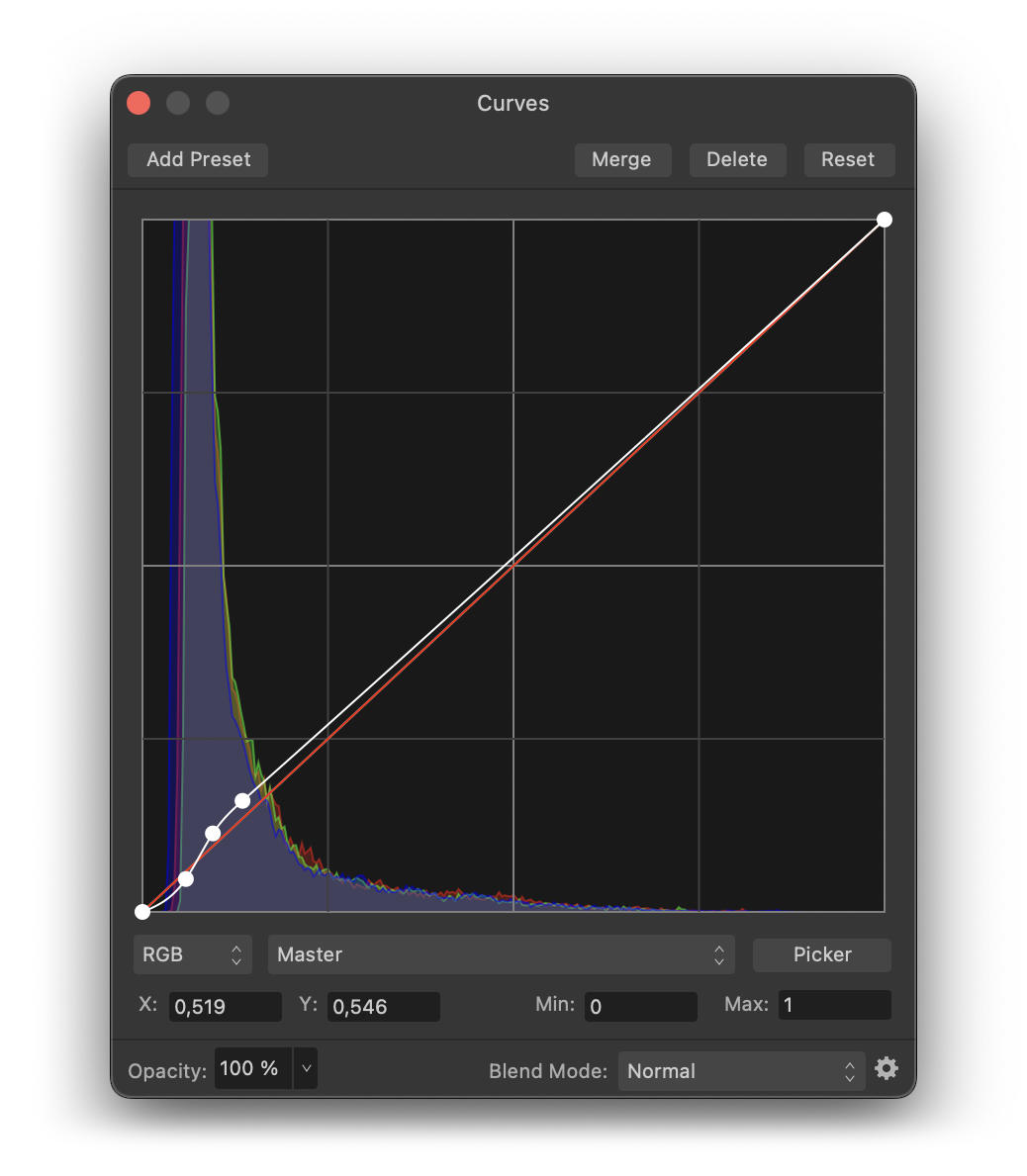
Fig. 9 – Tone curve settings.
Now, let’s enhance the details and the sharpness of the image.
Affinity Photo has three main tools for this: the “Clarity” setting, the “Unsharp Mask” and the “High Pass” filter. We are going to use the latter as it has the fewest undesirable side effects.
- At the bottom of the layers panel, click on “Live Filters” (fig. 2) and choose “High Pass” from the list.
- Make sure the new layer is placed at the top of the layer stack.
The “high-pass” filter affects a certain scale of details depending on the setting we choose. In order to act on different scales of details, we are going to apply this filter several times starting with the finest details.
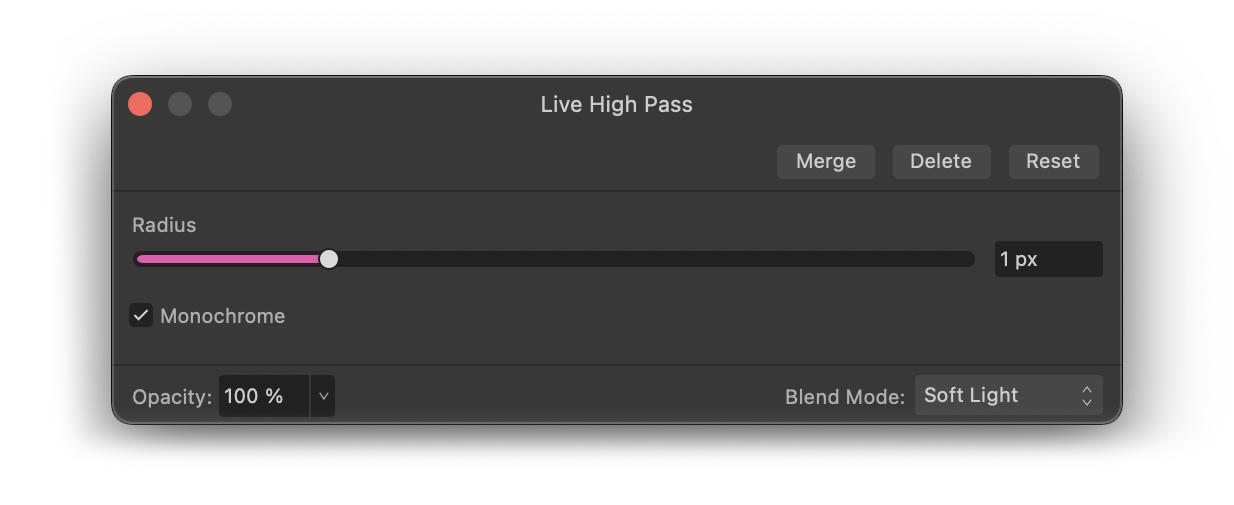
Fig. 10 – High pass filter
- In the “live high-pass” filter settings panel (fig. 10), set the radius to 1 pixel and check the “monochrome” box, then set the blend mode to “soft light”.
The effect on the image is subtle yet noticeable. It is necessary to be particularly careful when sharpening details as this has the side effect of also increasing the noise in the image.
To accentuate the effect, let’s apply the filter again with the same settings:
- Right-click on the name of the layer “high-pass” in the layer panel then choose “duplicate”.
- Perform the same operation once again to get a third “high-pass” layer with a radius setting of 1 pixel (make sure that the new layer is placed at the top of the layer stack).
Now, let’s tackle the larger scale details.
- Duplicate the top “high pass” layer again (make sure it is placed at the top of the layer stack) then double-click on it to open its settings panel.
- Set the radius to 2 pixels.
- Duplicate this layer twice to accentuate the effect.
Finally, let’s work on details at an even higher scale.
- Once again, duplicate the “high pass” layer located at the top of the layer stack.
- Open its settings panel and set the radius to 4 pixels.
- Duplicate this layer one last time to increase the effect.
You should now get 8 “high pass” layers.
This step is complete. The figure below shows the evolution of the image between the beginning and the end of step 3.
Step 4: Star reduction
The detail sharpening has the side effect of highlighting the stars. This is an unwanted result as we want to highlight the nebula.
- Click on the “live filters” icon at the bottom of the layers panel and choose “minimum blur”.
- Set the radius to 1 pixel and check the “circular” box.
We note that the effect is too dramatic. Most of the small stars have disappeared but above all, the details in the nebula are completely distorted.
- To fix this, set the opacity of the “minimal blur” live filter to 25%.
- Duplicate the “minimal blur” layer twice.
This step is complete. The figure below compares the image between the beginning and the end of step 4.
Step 5 : Color grading
Here comes the most creative step that allows you to personalize your image with Affinity Photo.
For the moment, the Orion Nebula is quite pale compared to the images we are used to. Let’s bring out the colors, then adjust them to get a look that suits us.
- Click on the “adjustments” icon at the bottom of the layers panel and choose “Vibrance”. Make sure the new layer is at the top of the layer stack.
- In the corresponding new panel, bring “vibrance” and “saturation” sliders all the way up.
Now, let’s take advantage of the “selective color” tool to target an alter specific color. First, let’s add color contrast to the faintest nebulosities (below M42 and around “Running Man”).
- Click on “adjustments” at the bottom of the layers panel and choose “Selective Color” (make sure the new layer is at the top of the layer stack).
- In the color menu, select “yellow” to alter the yellow tones.
- Bring the cyan slider to -25%, the magenta to 10%, the yellow to -55% and the black to -15% (fig. 13 below).
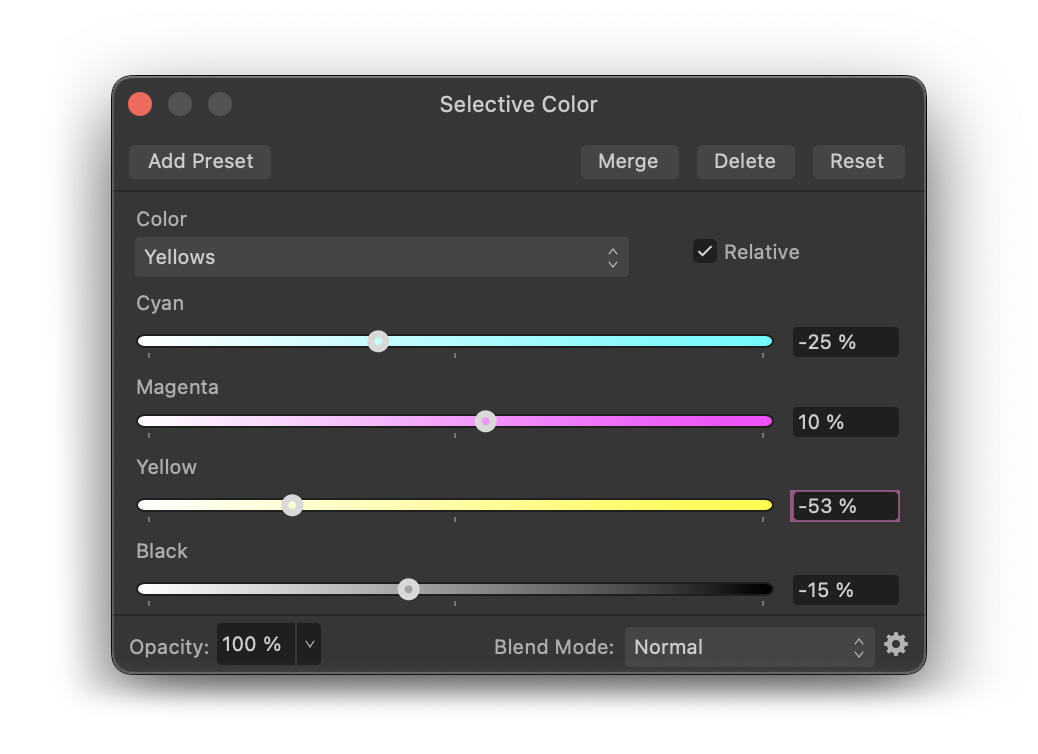
Fig. 13 Selective color correction.
We are now going to highlight the blue areas with the help of the “curves” tool that we have already used previously.
- Click on “adjustments” at the bottom of the layers palette and choose “Curves” (make sure the new layer is placed at the top of the layer stack).
- In the “curve” settings panel, choose the “blue” channel in the main (master) drop-down menu.
- Add control points on the blue curve and change their positions as shown in the figure below (Fig. 14) to emphasize the blue signal on the nebulae.
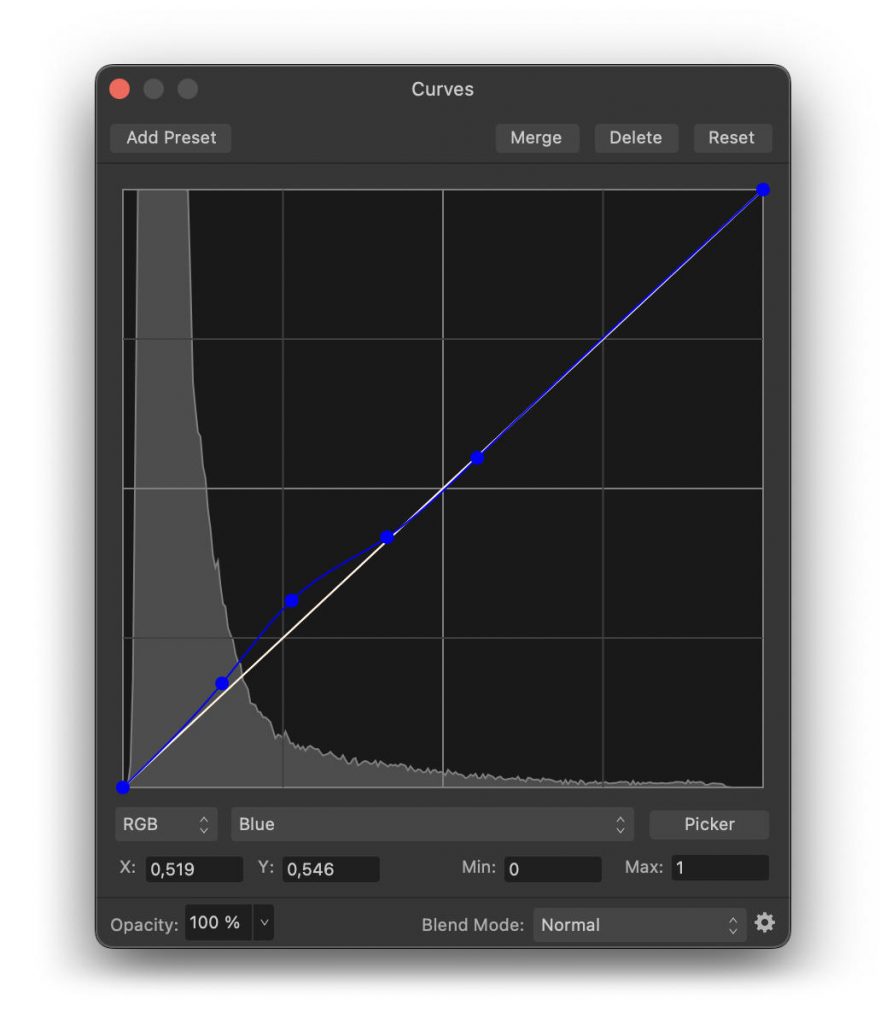
Fig. 14 – Adjustment of the blue tone curve.
Let’s improve the effect with a “selective color” setting.
- Click on the “adjustments” icon and choose “selective color”.
- Select “blue” in the “color” menu.
- Set cyan to 100% and yellow to 25%.
Now let’s work with the red shades.
- Add a new “selective color” adjustment layer as above.
- Select “red” from the color menu.
- Set the cyan to -20%, magenta to 30%, and yellow to 80%.
- In order to accentuate the result even more, duplicate this last “selective color” adjustment layer.
The values given above for color correction are examples and it is up to you to define how you want the nebula to look.
This step is complete. The figure below compares the image between the beginning and the end of step 5.
Step 6: Final touch
To finish the processing of this image, let’s apply a final adjustment “curves” to increase the overall brightness of the image while preserving the sky background and very bright areas.
- Click on the “adjustments” icon and choose “curves” from the list (make sure it’s placed at the top of the layer stack).
- Add control points to the curve to increase the brightness of the mid-tones as shown in Figure 16 below.
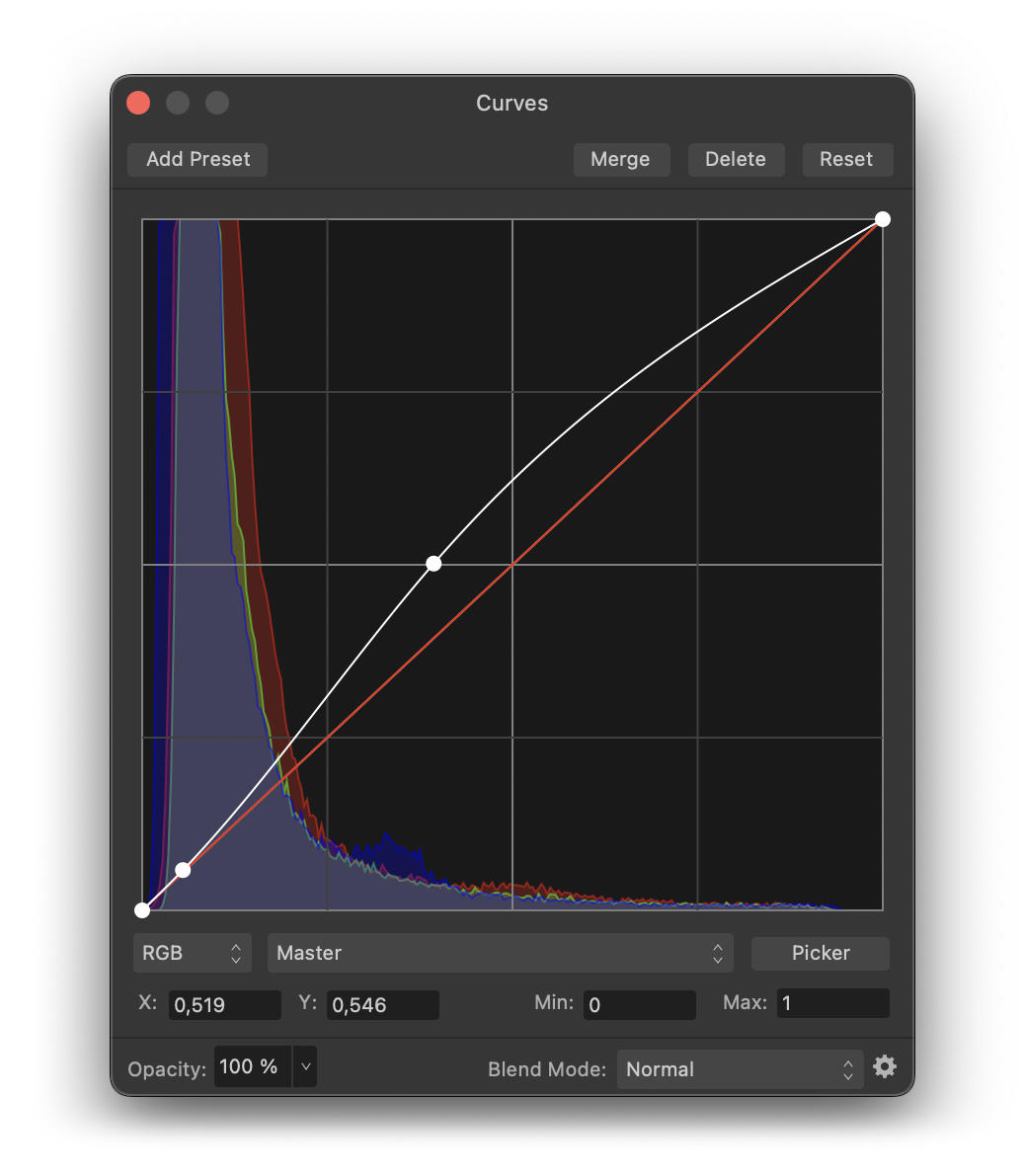
Fig. 16 – Final adjustment of the tone curve.
Examining the image, we can see on the left side that the sky background has a slight magenta cast. To fix this, we are going to use a specific Affinity Photo feature dedicated to astrophotography.
To use this feature, we must first generate a new layer with the result of all the adjustments we have made so far.
- Right-click on the layer at the top of the layer stack and choose “merge visible” from the menu.
- Make sure the newly created layer is selected.
- In the main menu “filters” of Affinity photo, choose “astrophotography”, then “remove background”.
- In the new panel, set the “radius” to 20 px.
At the center of the image, you can see a handle in the form of two small concentric circles.
- Move this handle to the right of the image on an area where only the sky background is present, i.e. without stars or nebulas.
- In the “remove background” panel, check “sample color at handle”.
- Click on the image to create a second handle this time in the upper right part of the image where only the sky background is visible.
- In the “remove background” panel, adjust the “output black level” slider to set the intensity of the background gradient removal.
- Click “apply”.
A value too low will make the faint nebulosities disappear. So you have to find the right compromise to soften the magenta background gradient while keeping all the details. For this example, I recommend a value of 0.08 for the “output black level”.
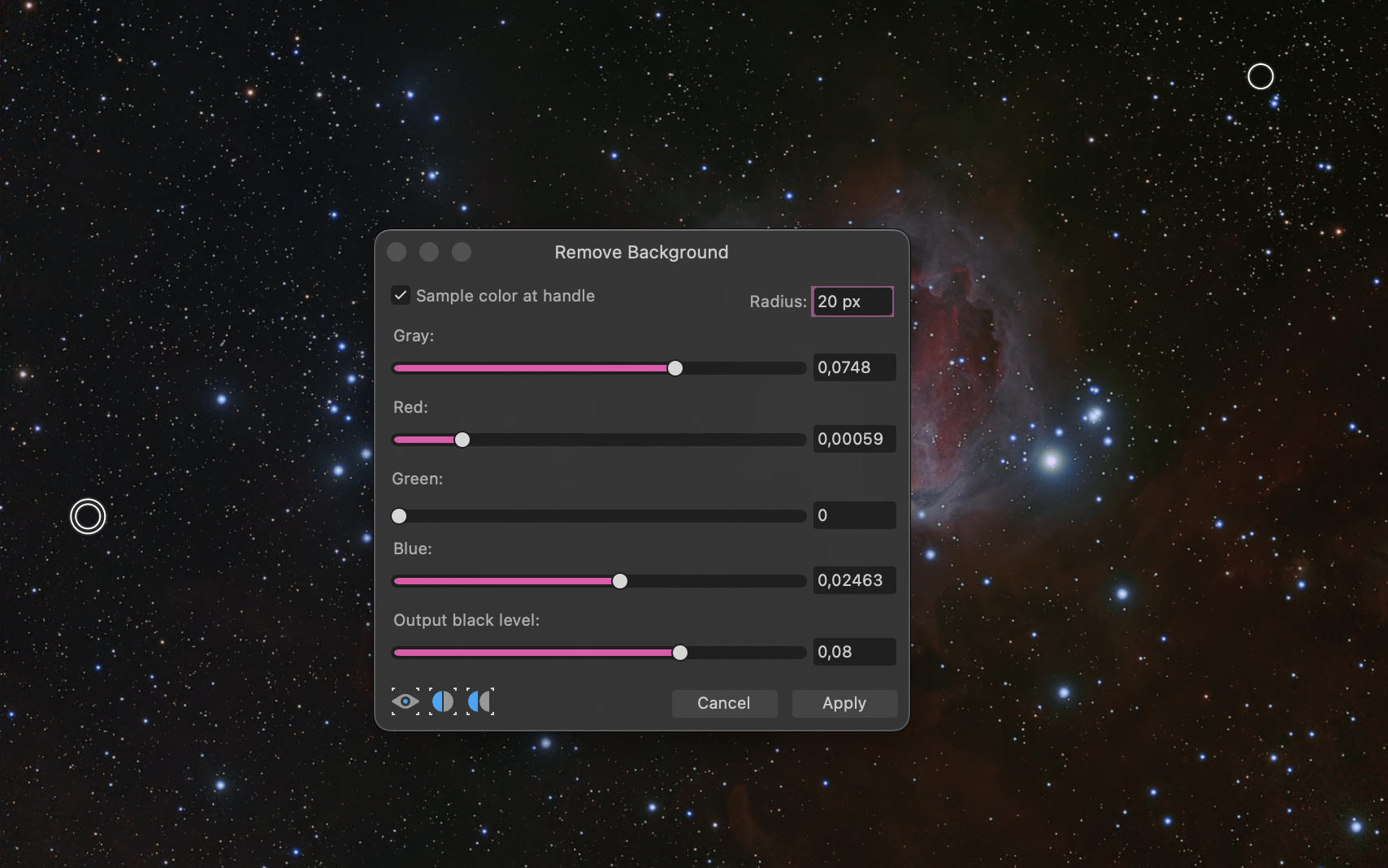
Fig. 17 – Removal of the sky background gradient.
This step is complete. You can see the final result in figure 1 at the beginning of this tutorial. The original file of the final result is also available in the tutorial files for download.
Affinity Photo image processing: shall we proceed further?
We can now consider the processing of the Orion Nebula image from the 16-bit TIFF export of Vespera to Affinity Photo as complete. We have managed to get a more detailed, brighter, and more colorful image.
It’s tempting to go further and accentuate the details and colors even more. The real question is: should you do it?
When it comes to image processing, there are no laws or rules. However, the processing is often considered successful when the image retains a natural appearance. By further processing, you will certainly increase the detail, but the image may look less natural. Also, keep in mind that by further processing you will also accentuate the defects in the image.
Remember that each celestial object is different and will require customized settings. You will improve your skills by practicing and also asking for advice from other astrophotographers.
Feel free to share the results of your work on social networks and in the Facebook group “My Singularity by Vaonis”.
If you have been working with a non-destructive process, it is easy to adjust the settings of the intermediate steps to try to achieve a result that suits you better.
We hope you enjoyed this tutorial on how to Affinity Photo image processing.

